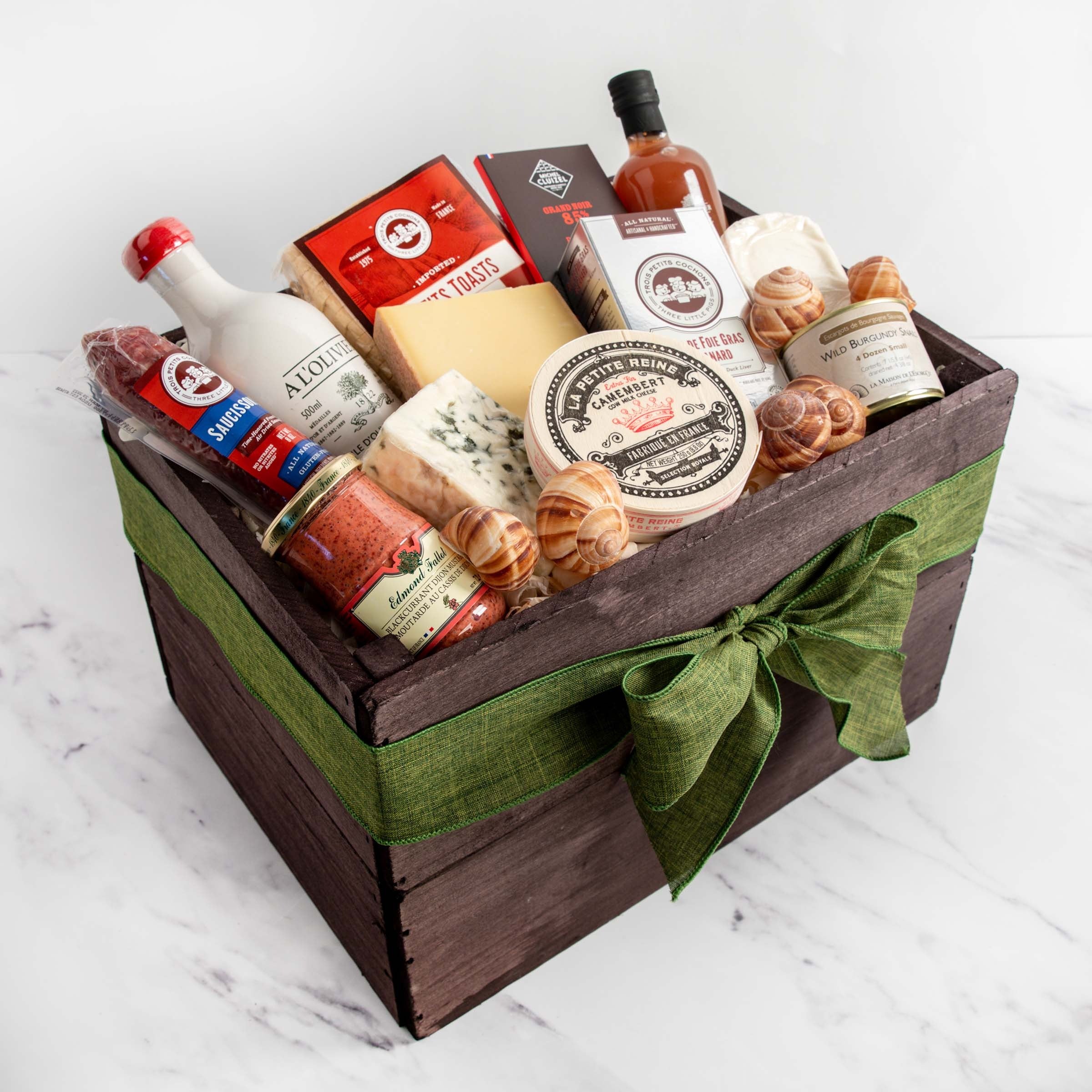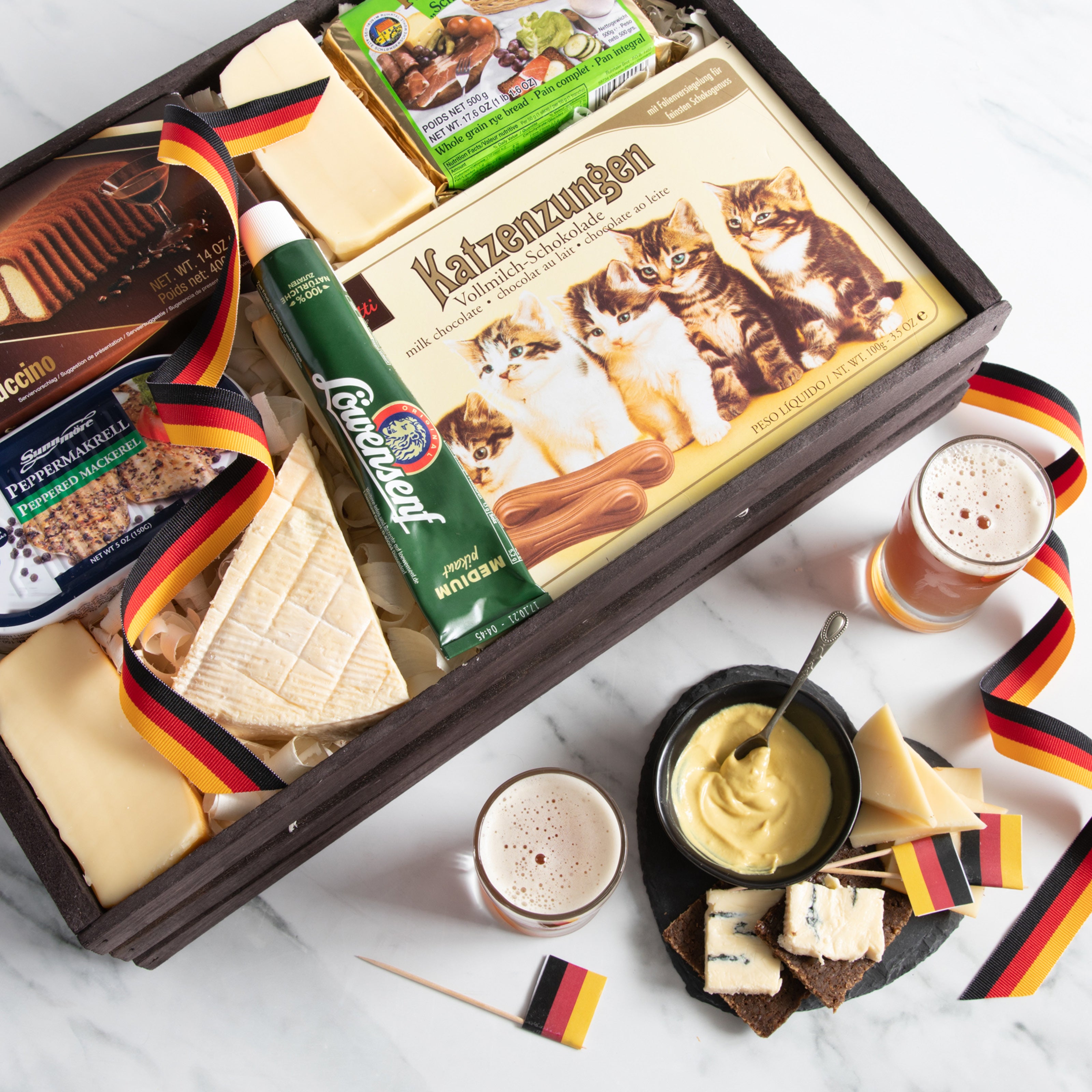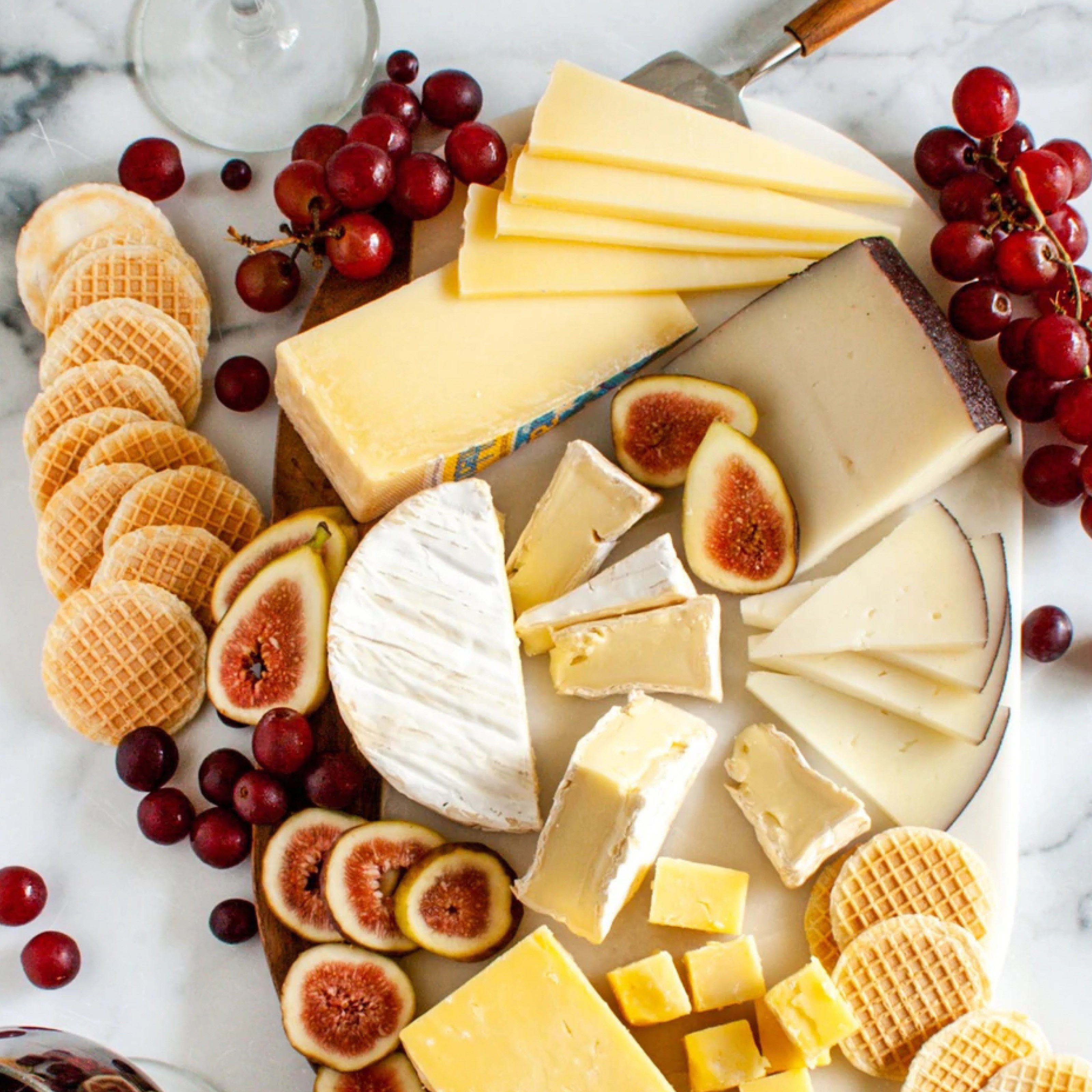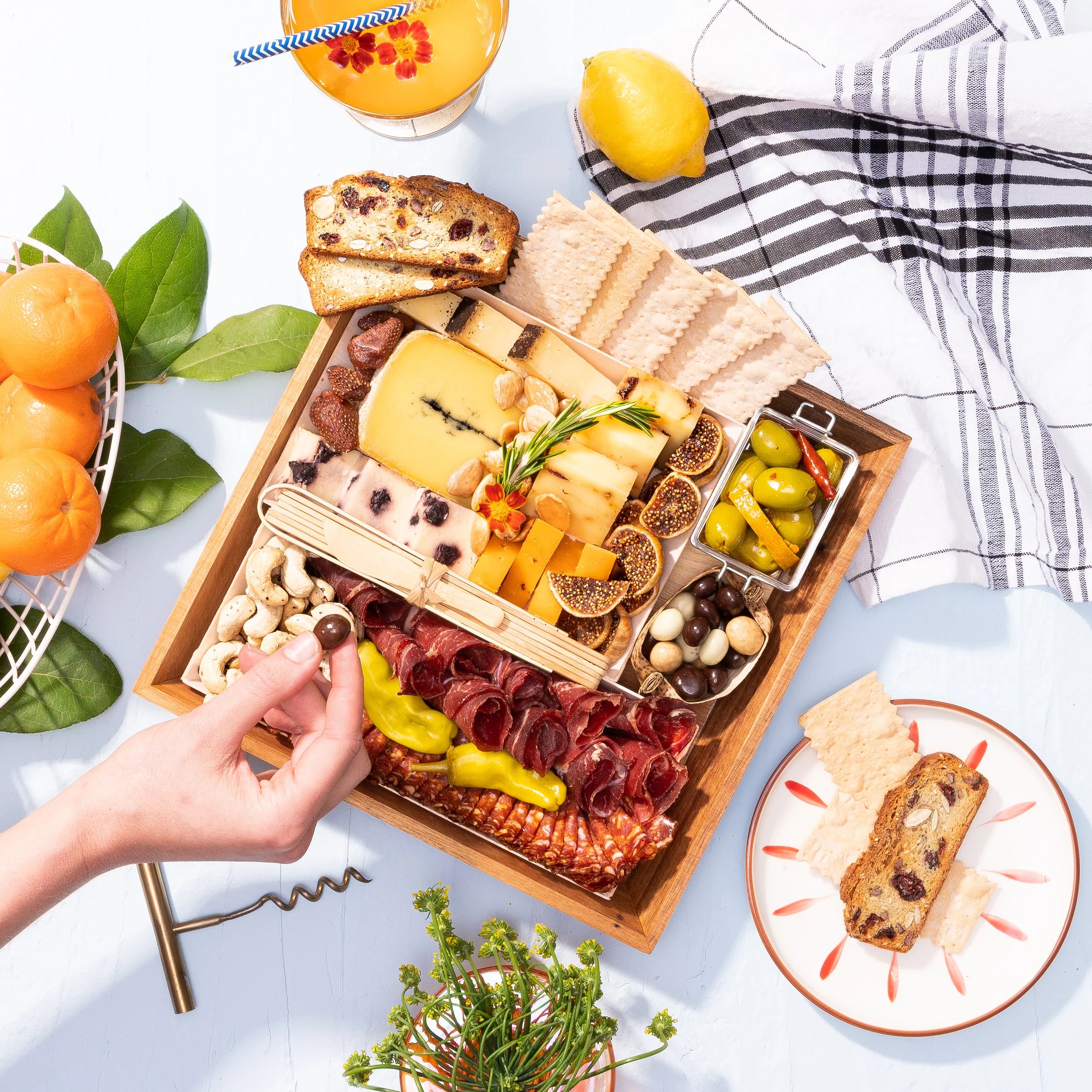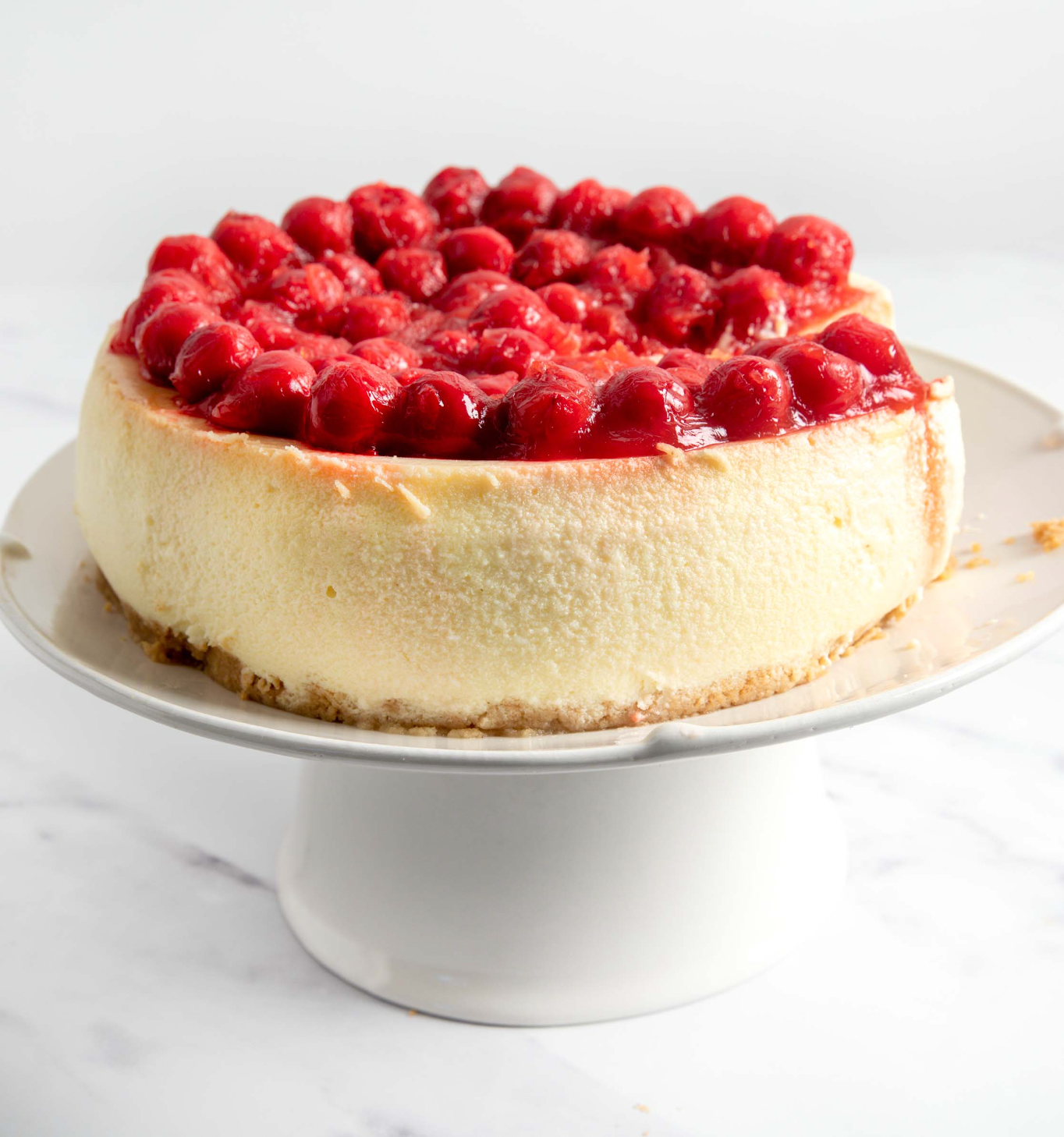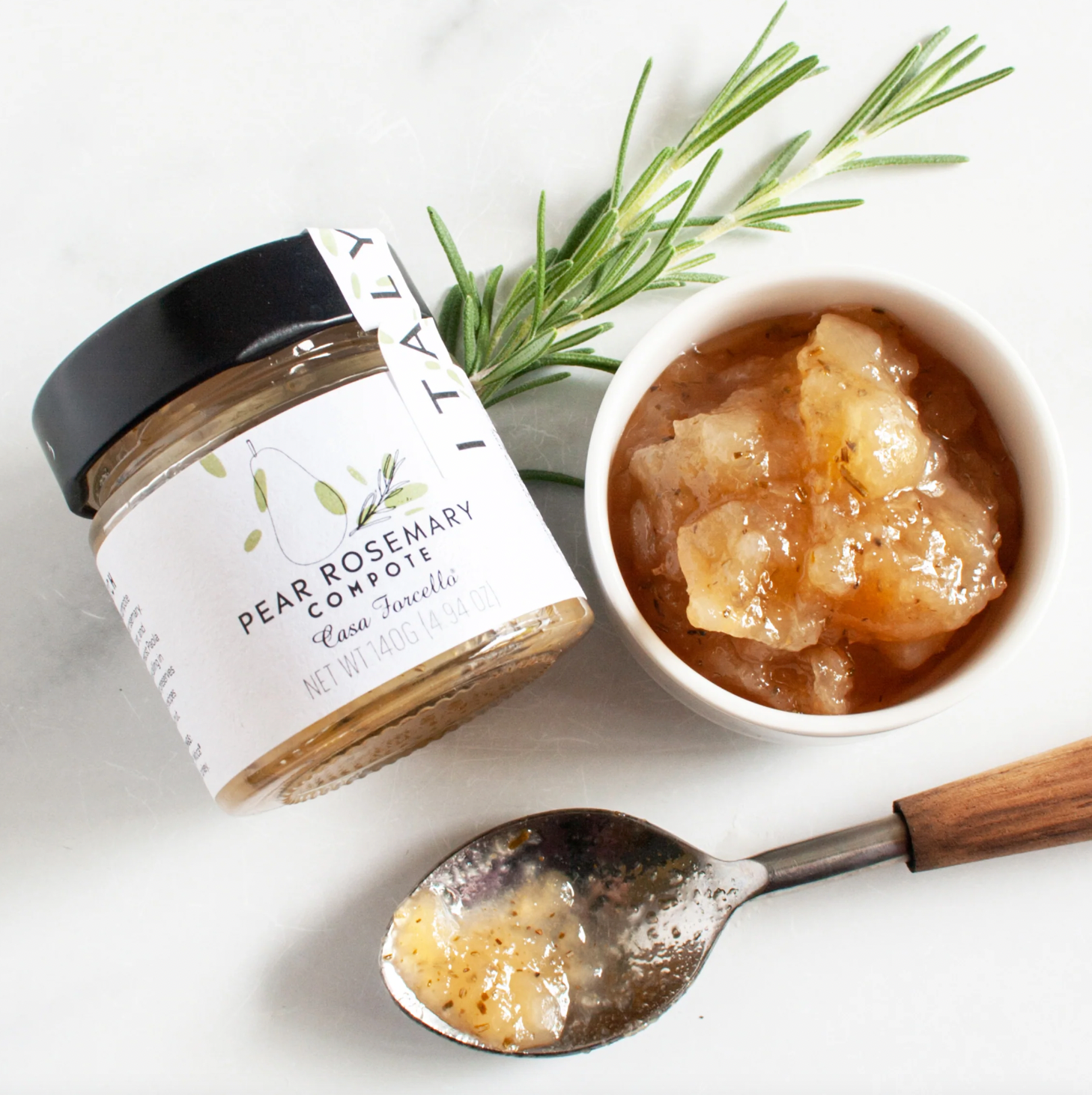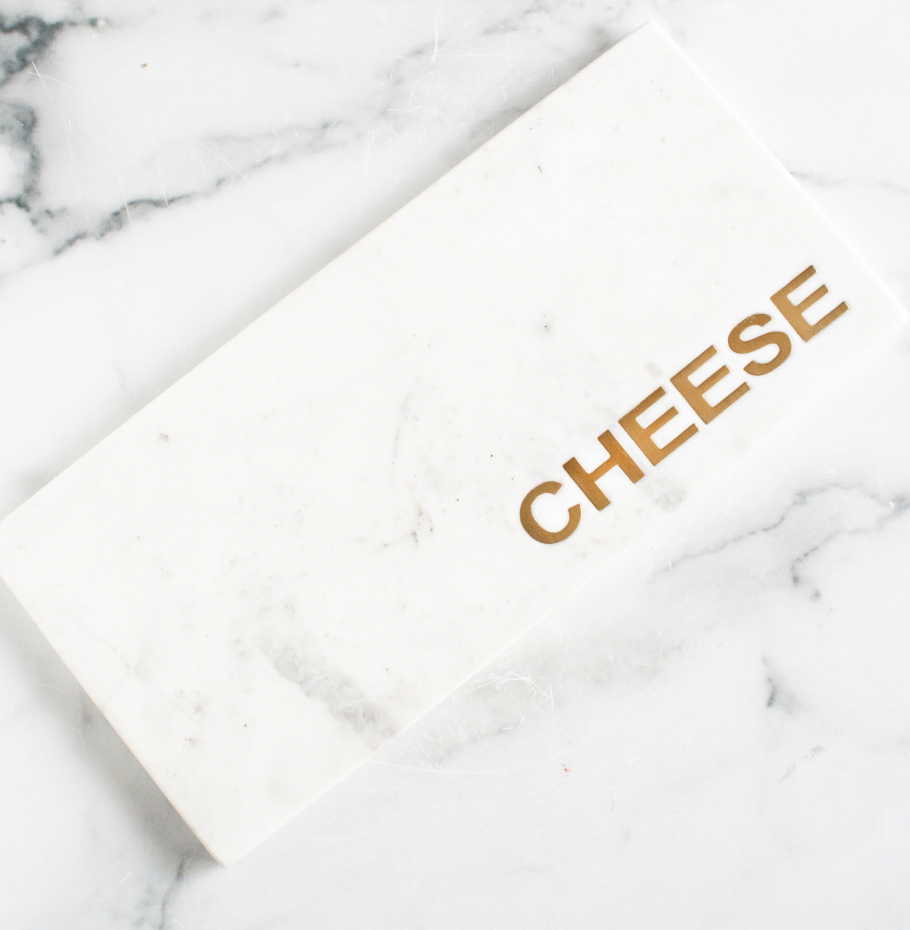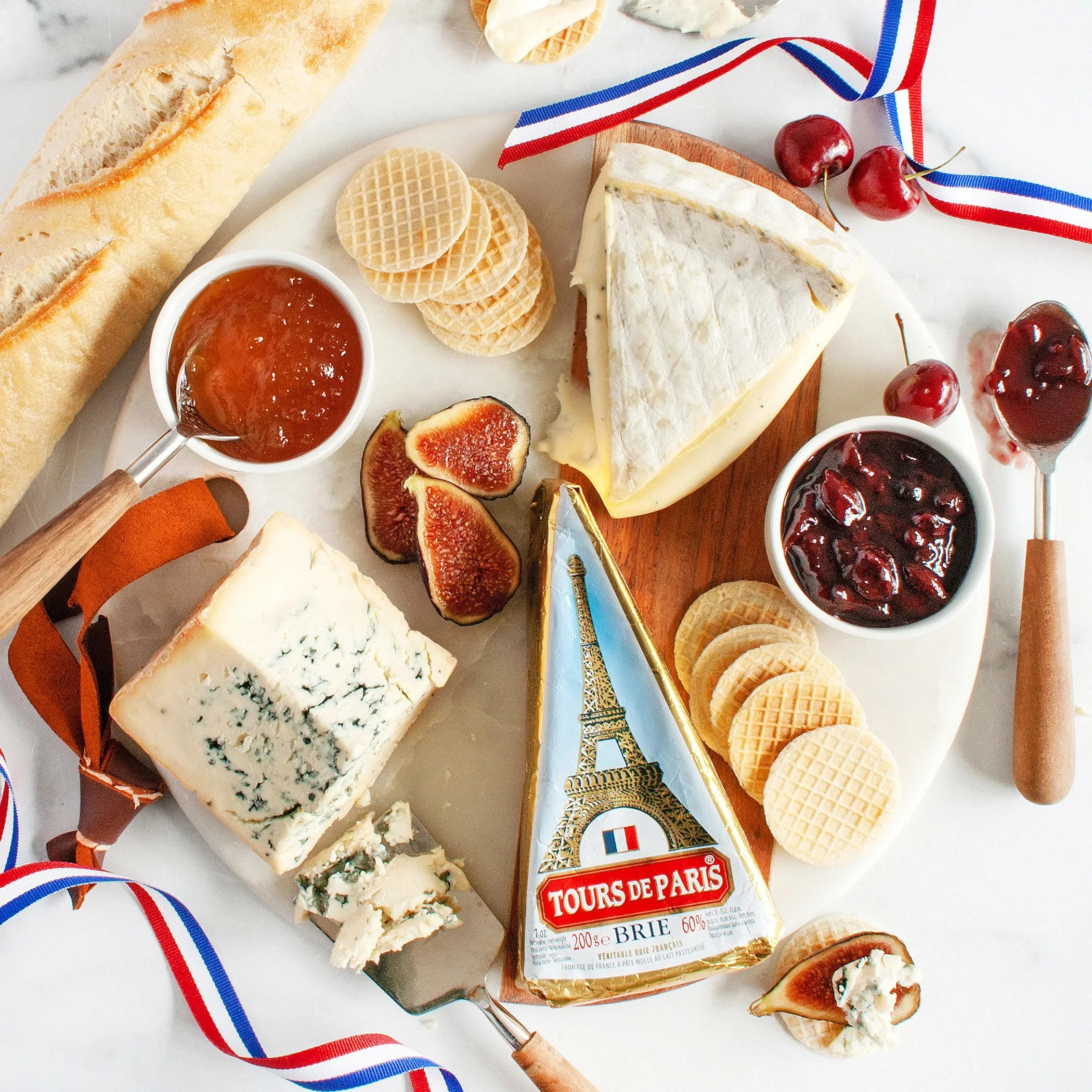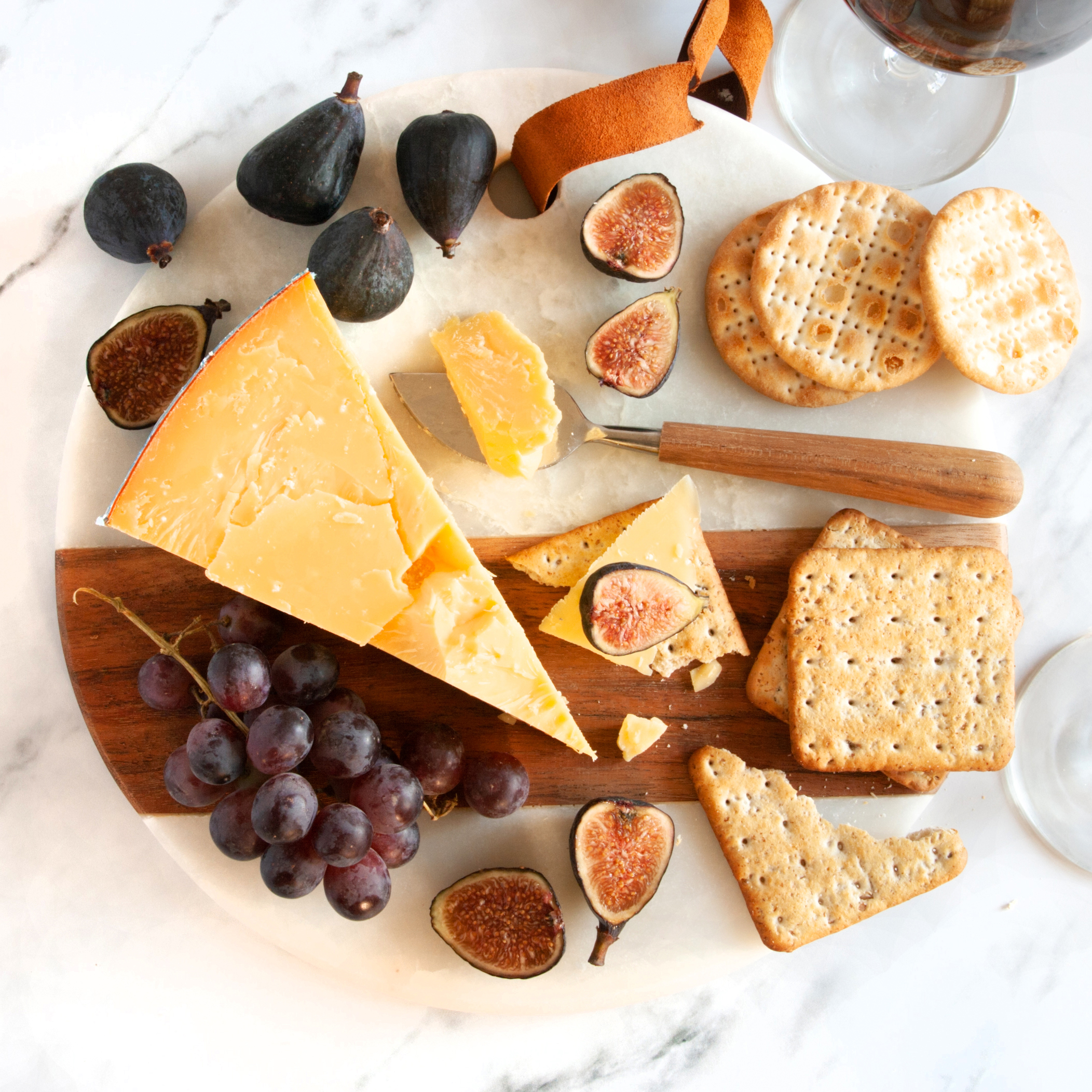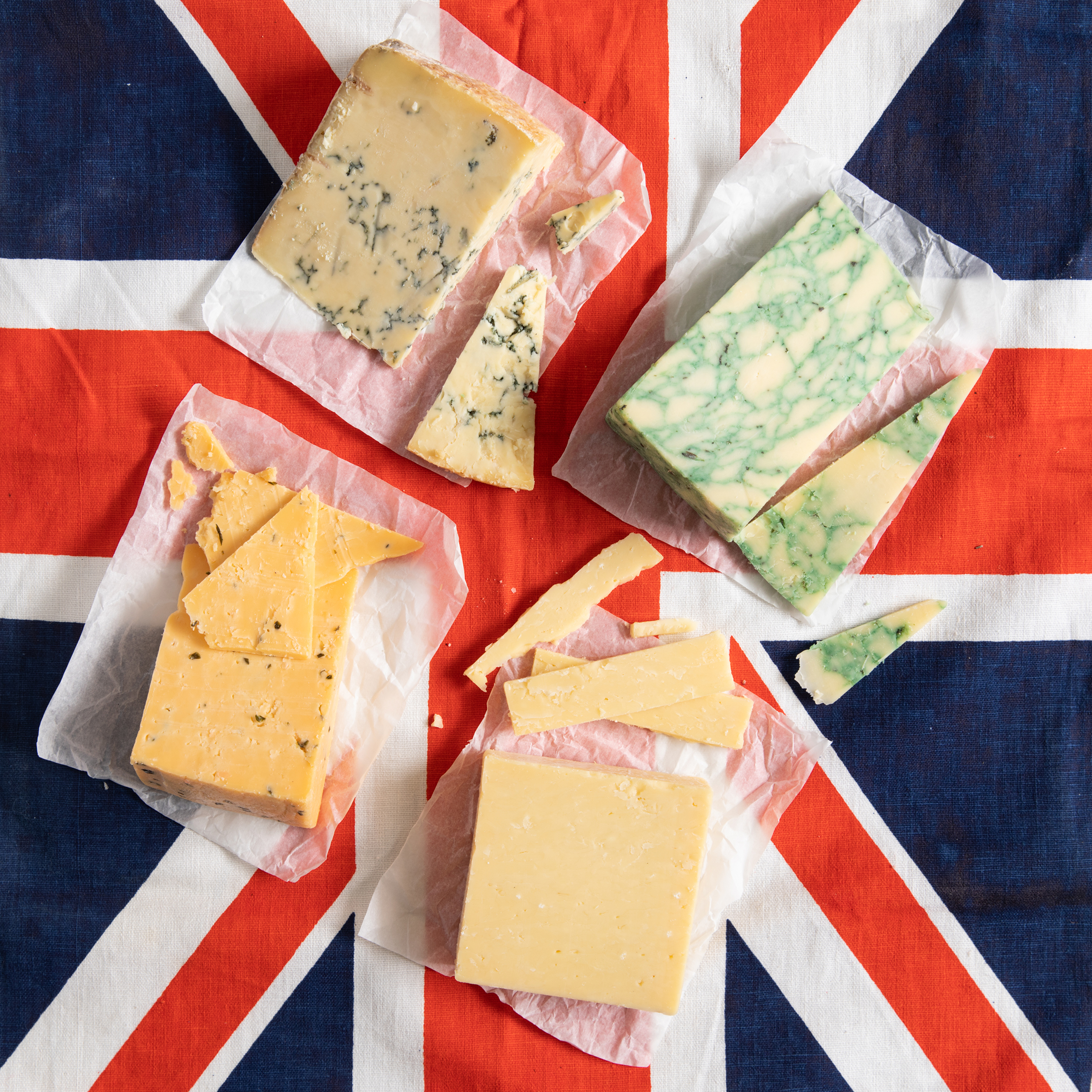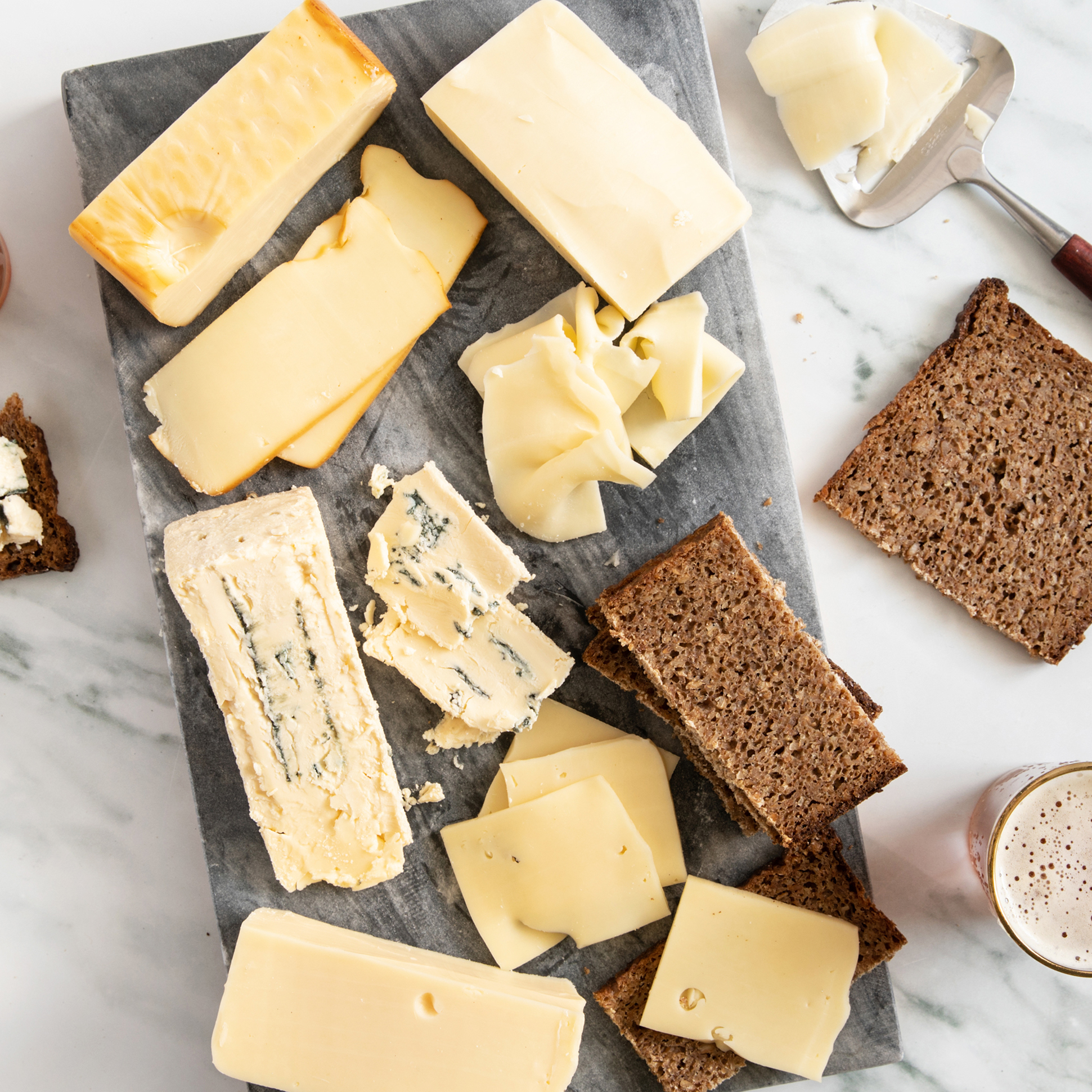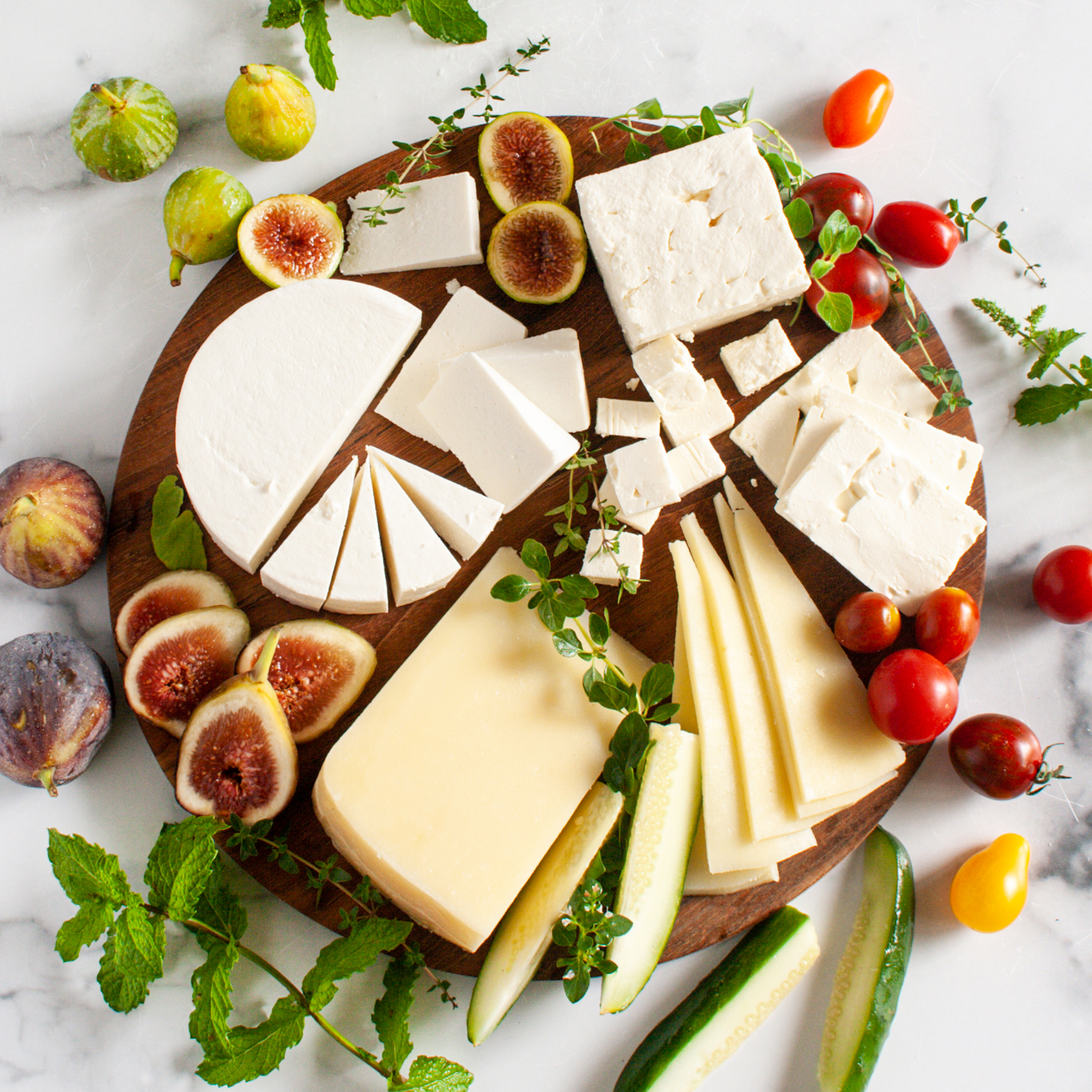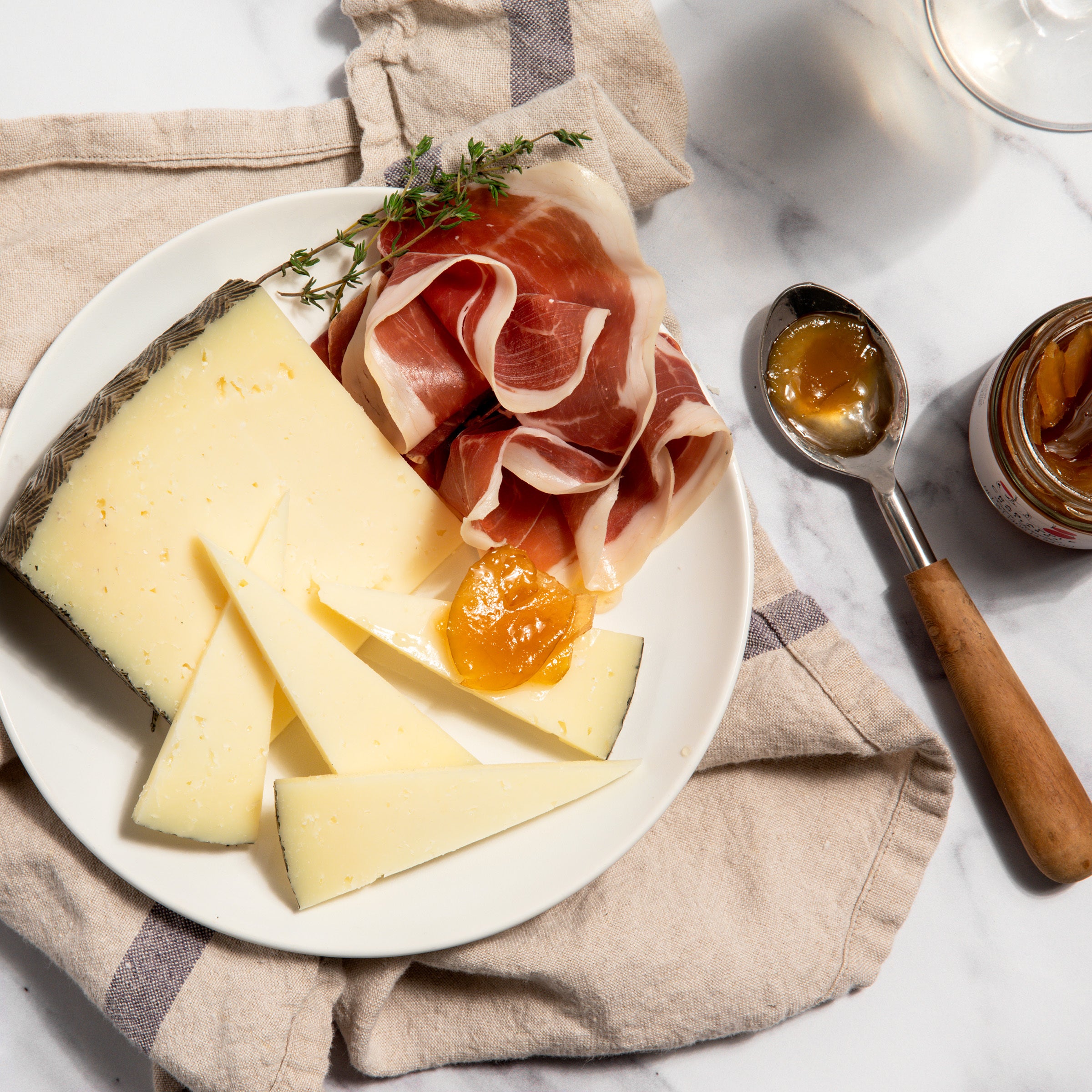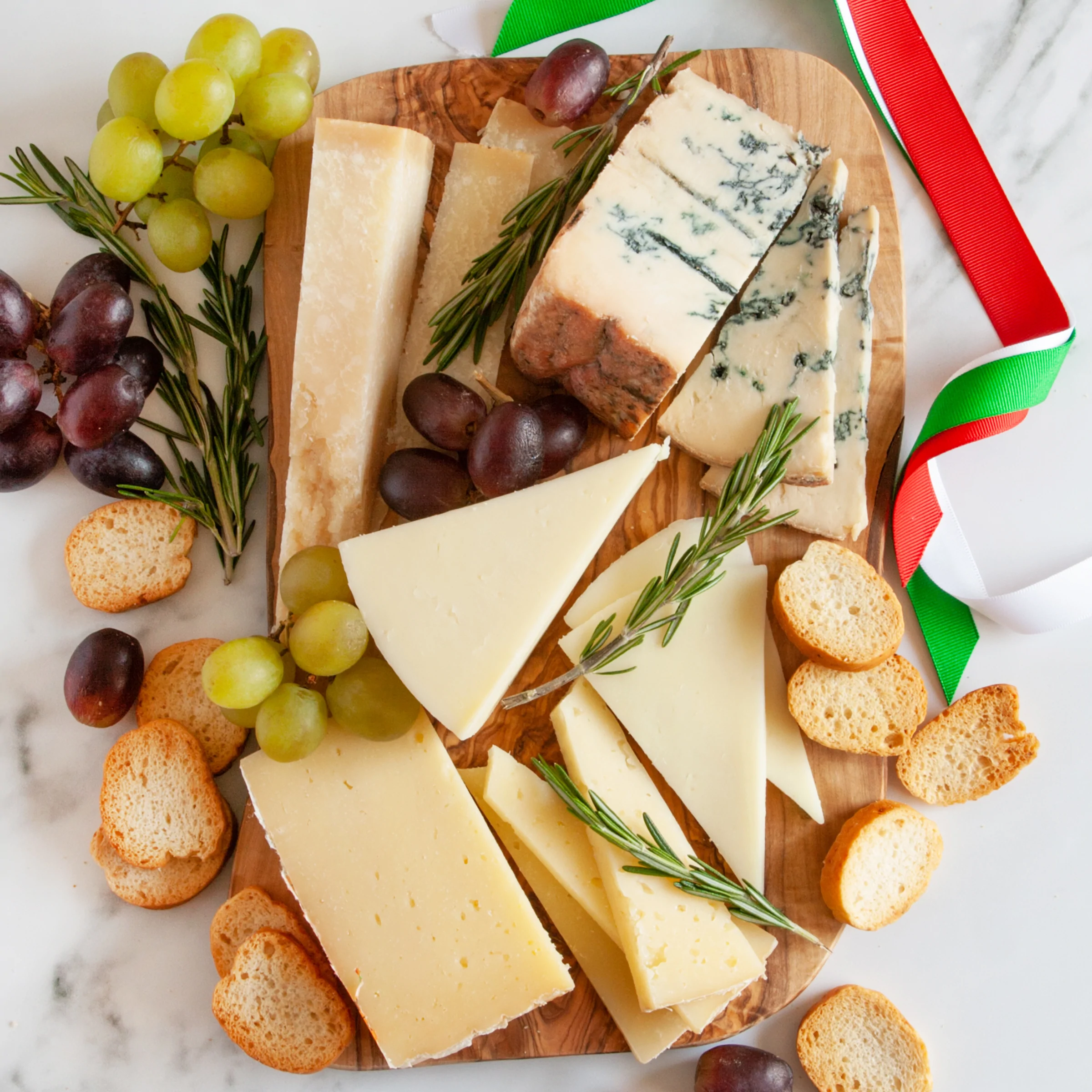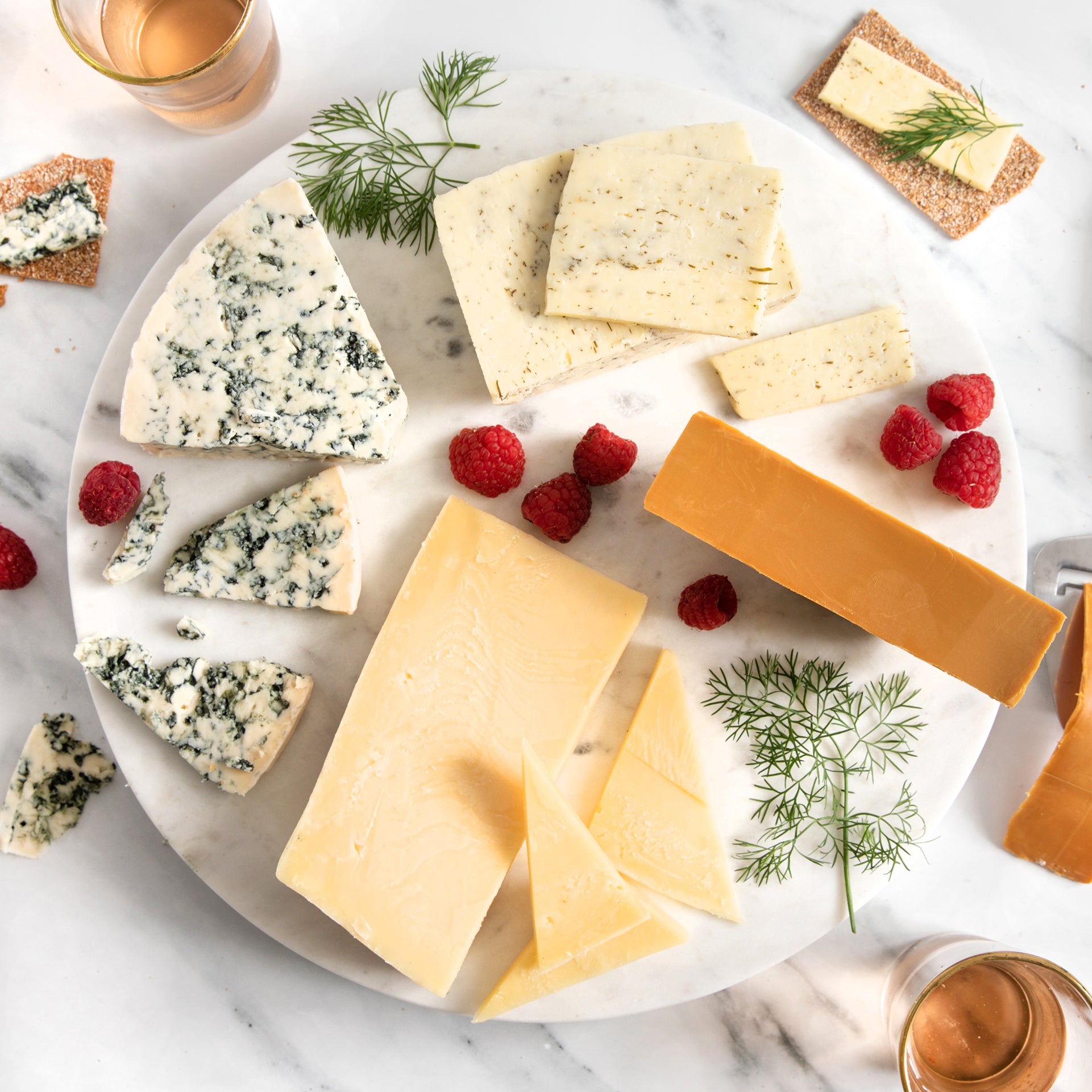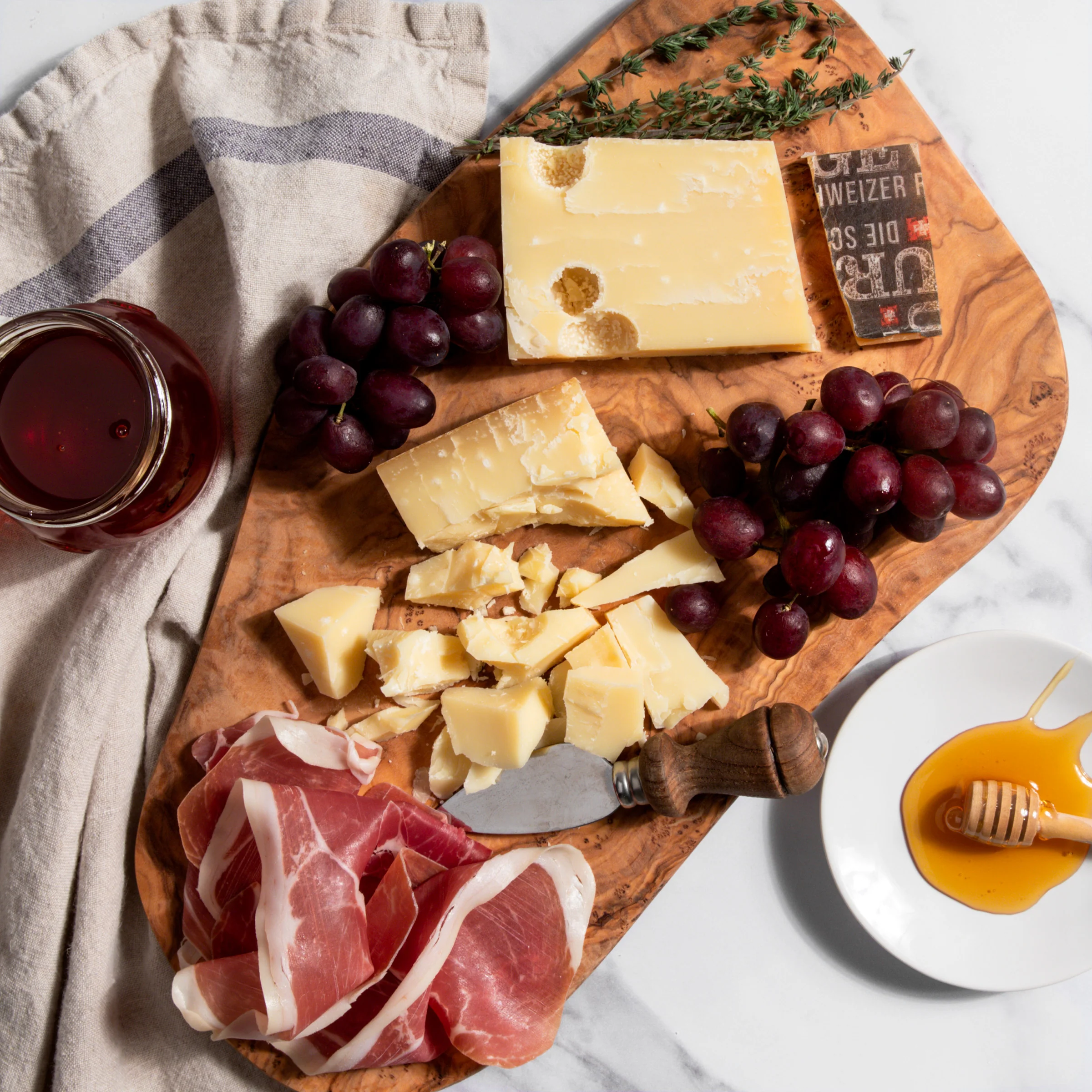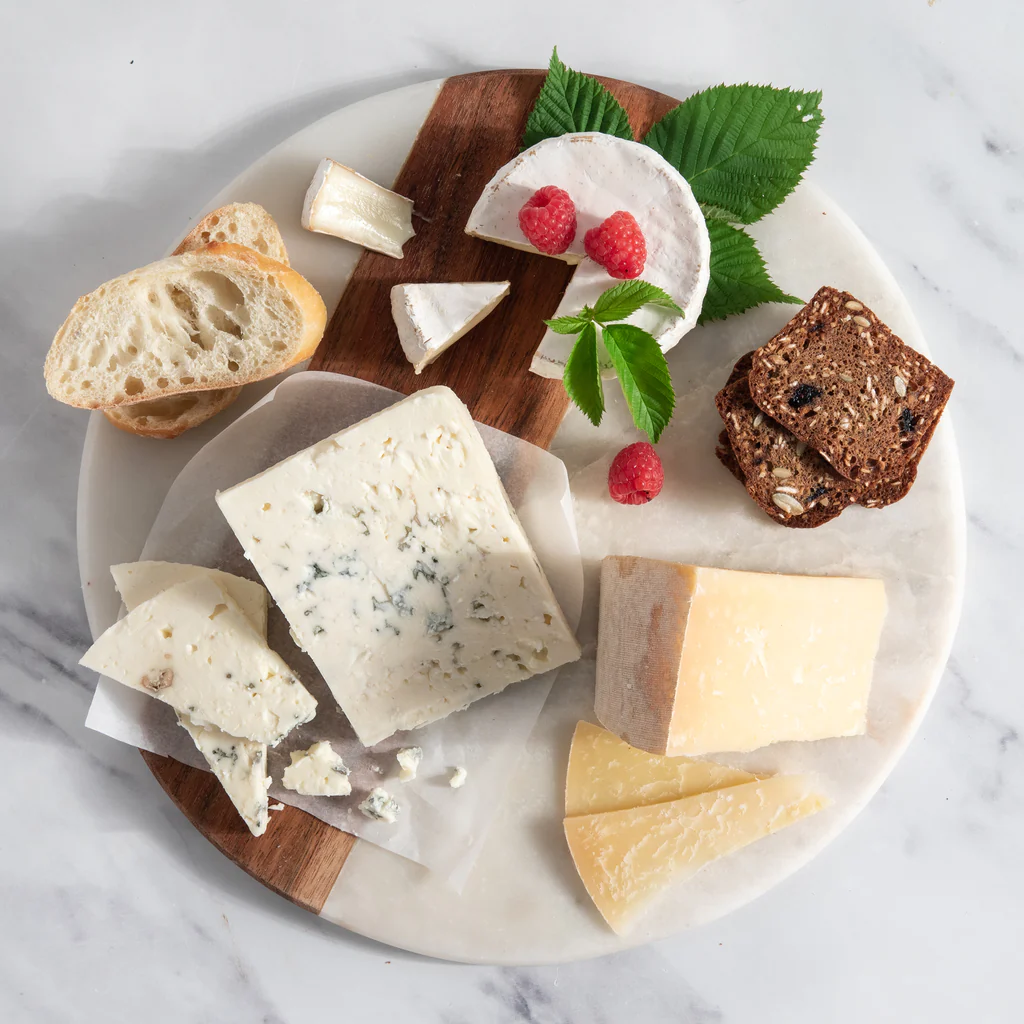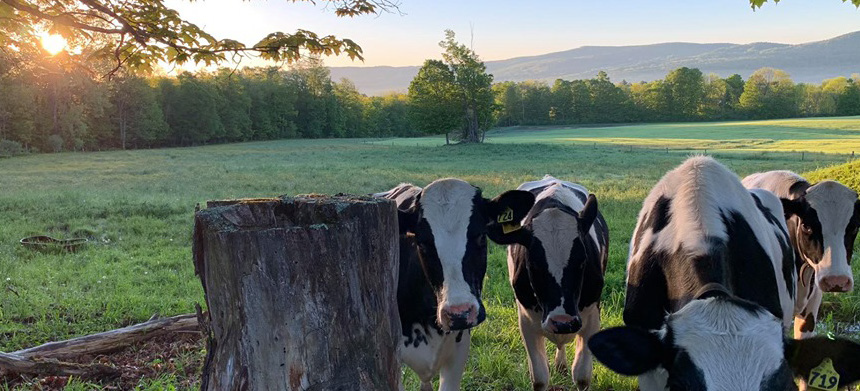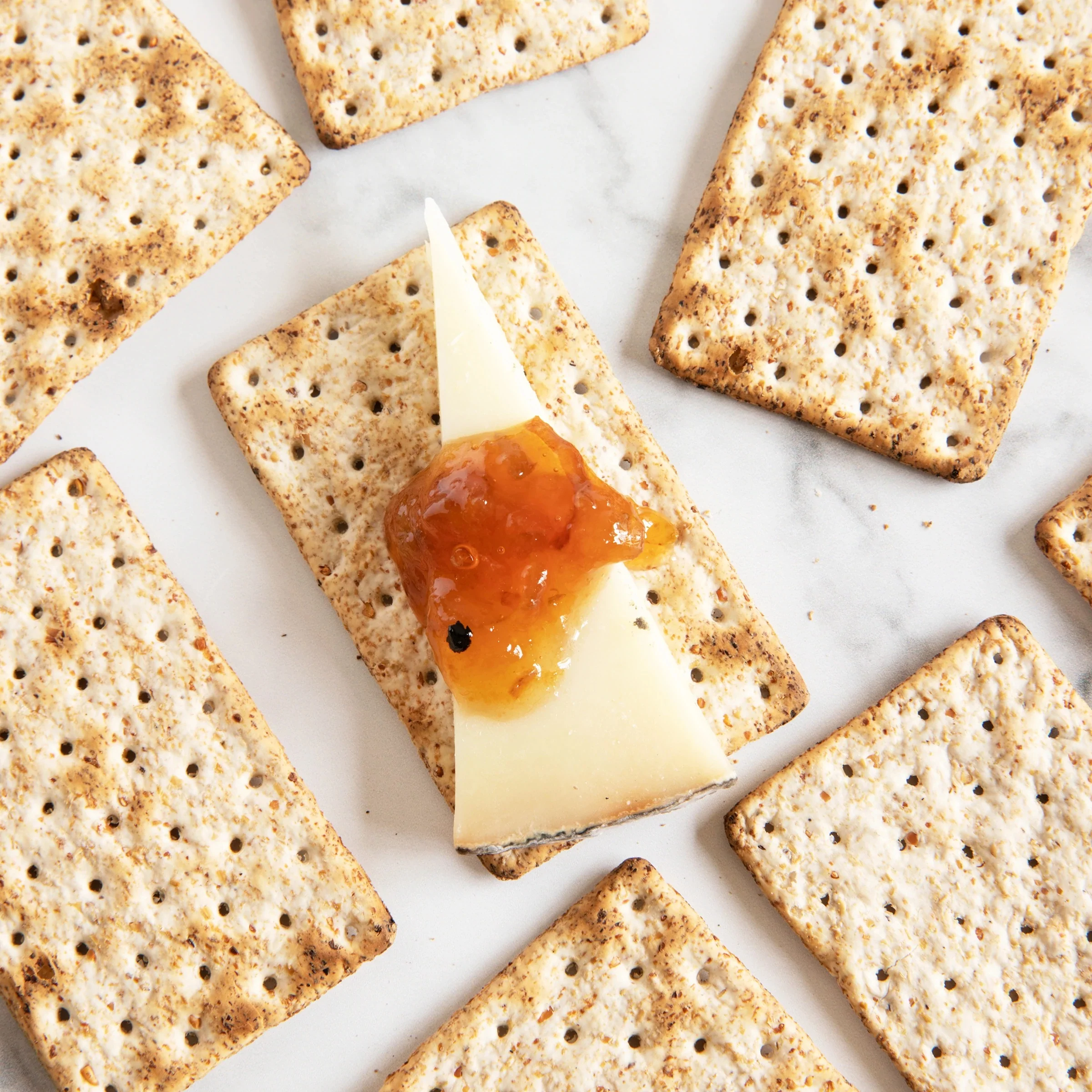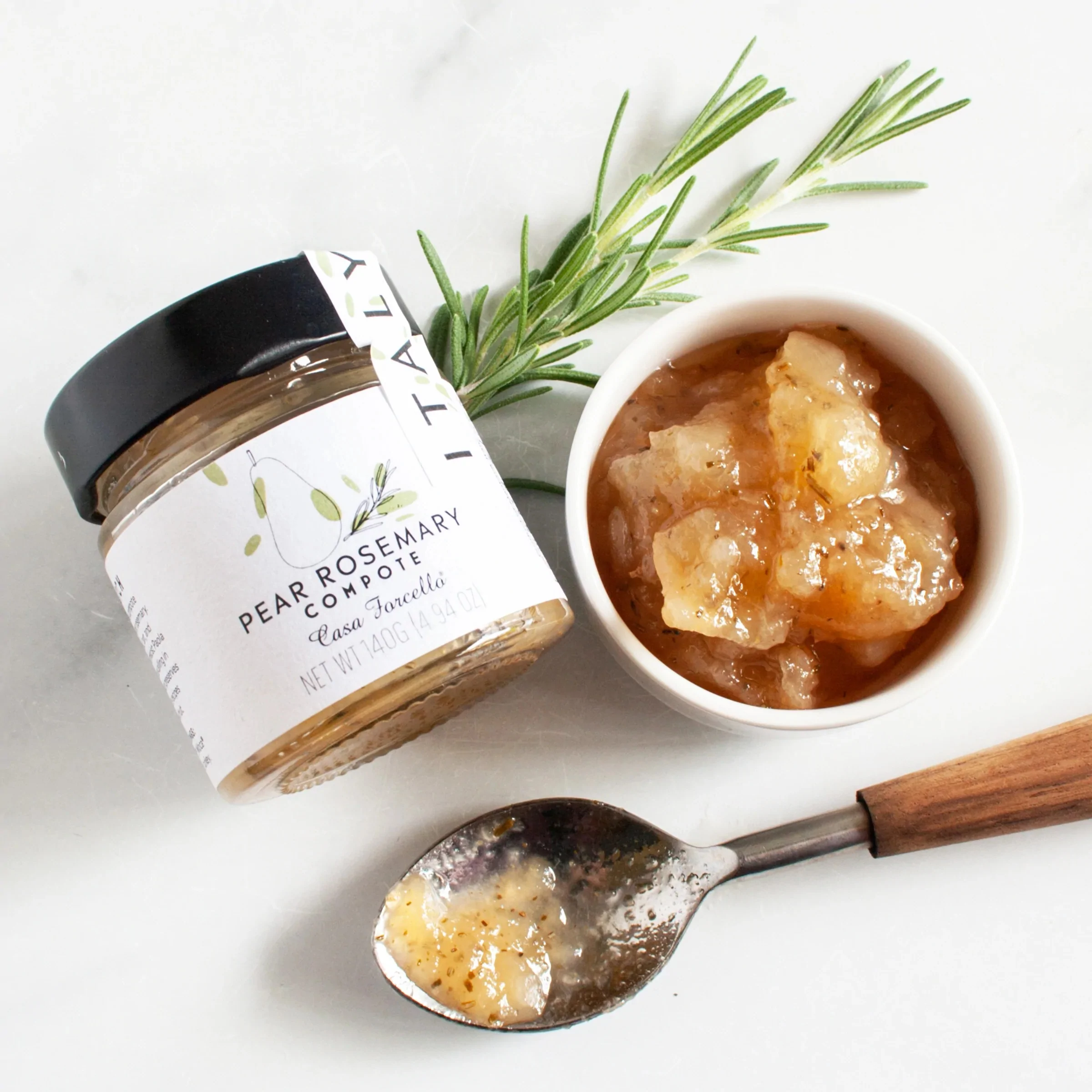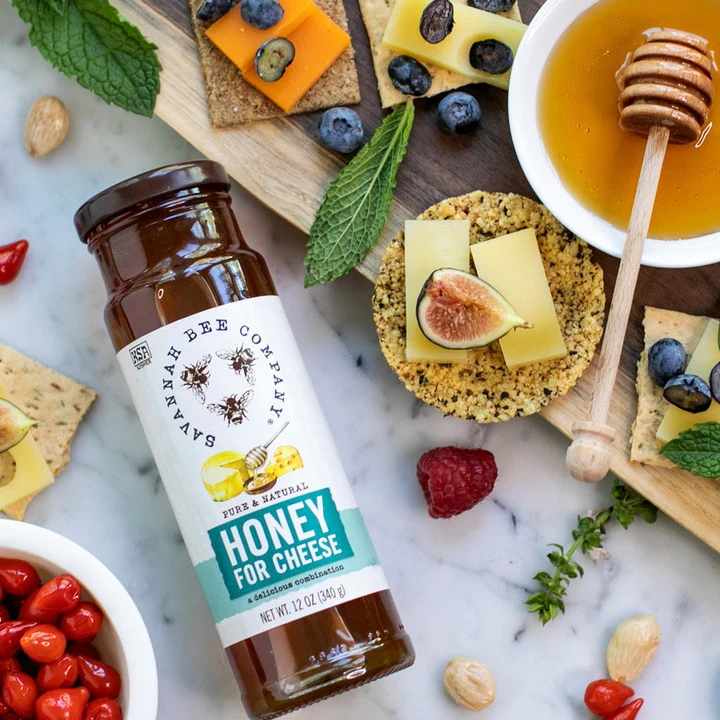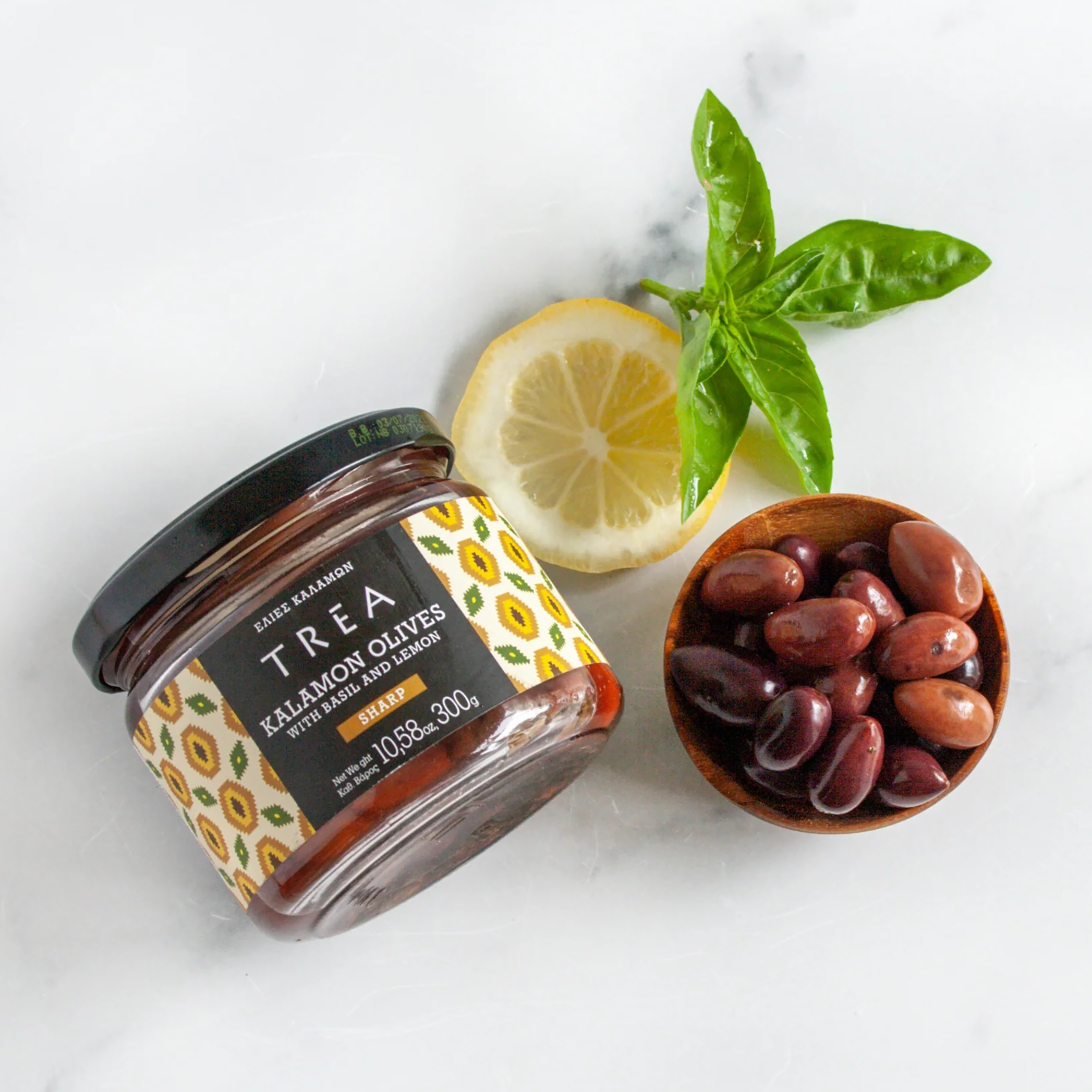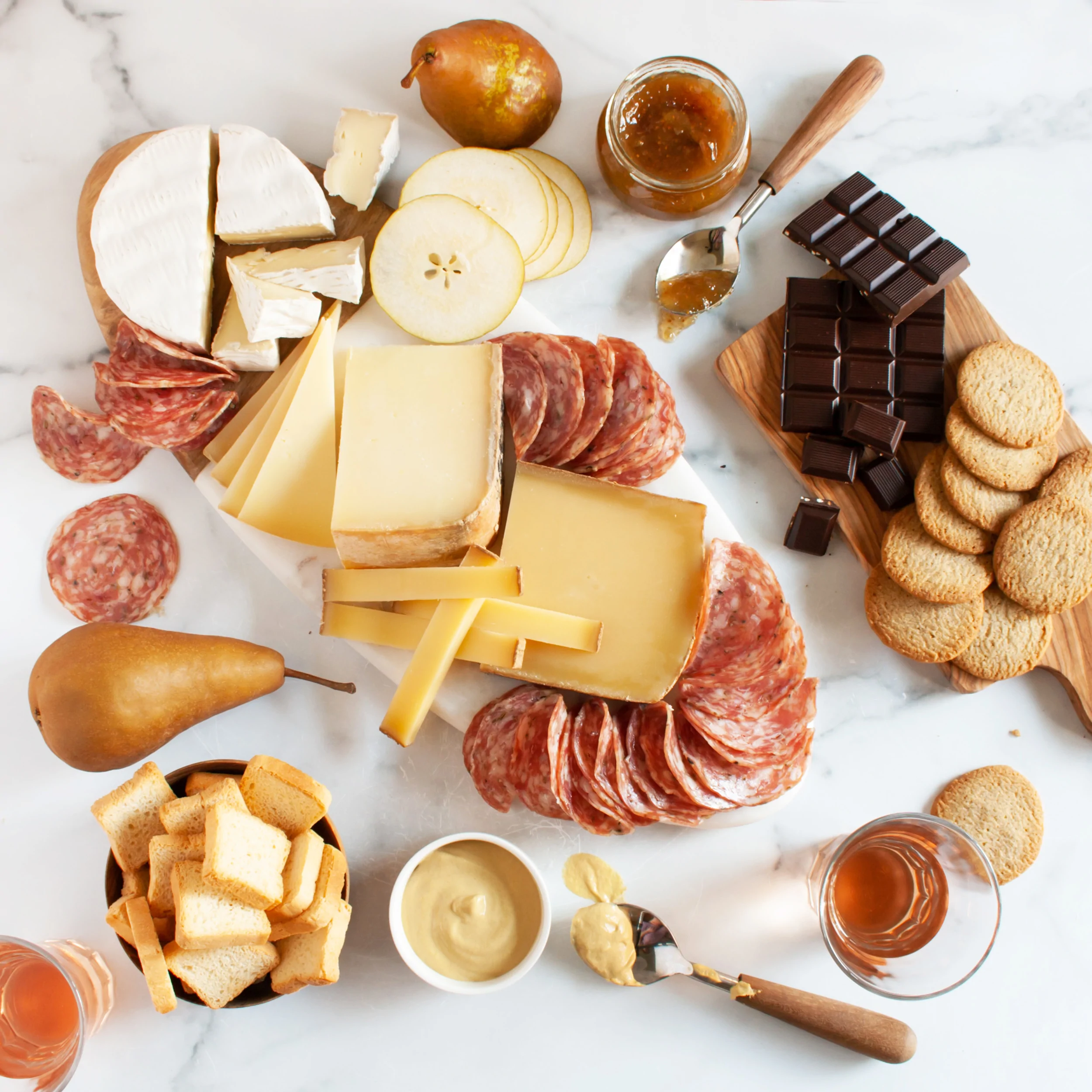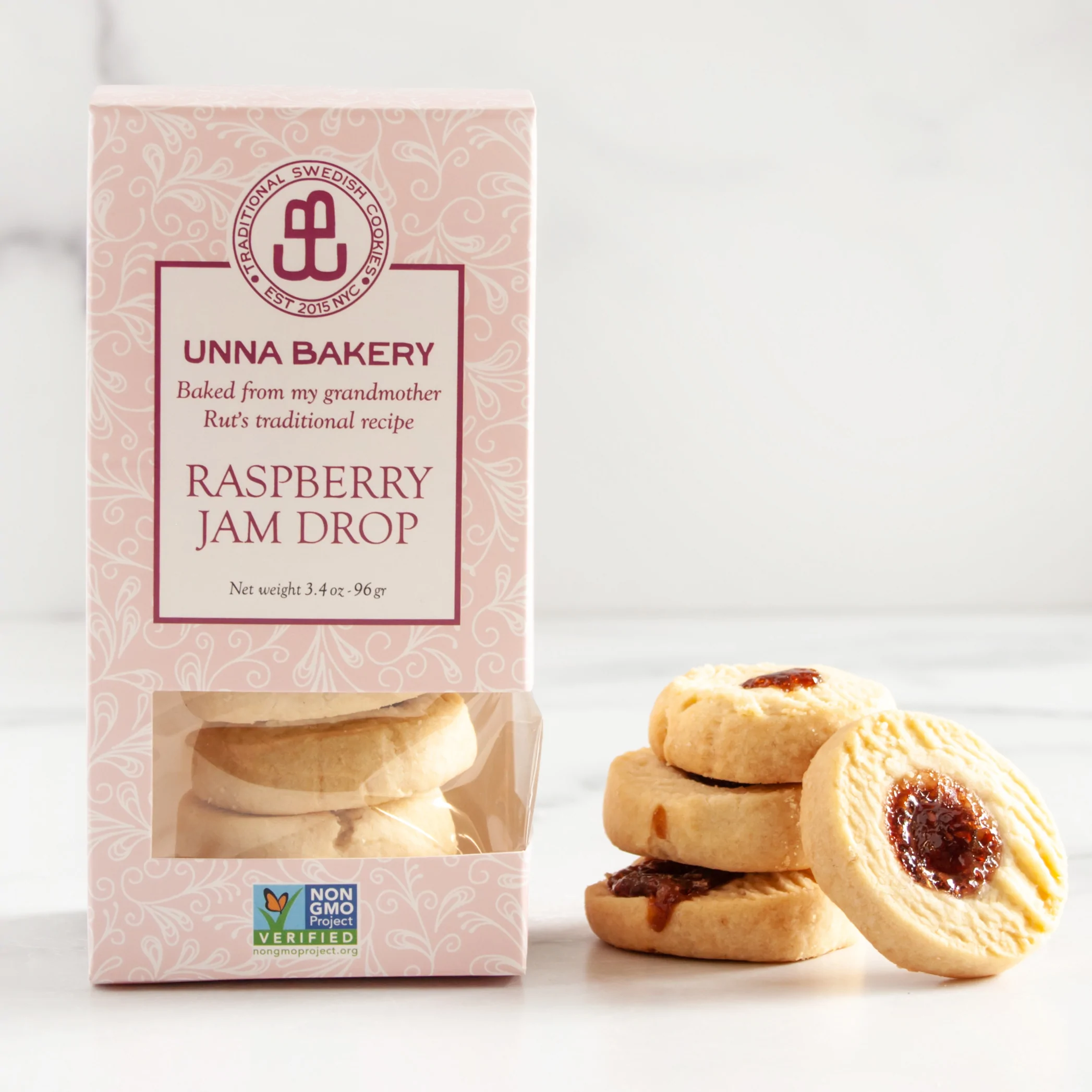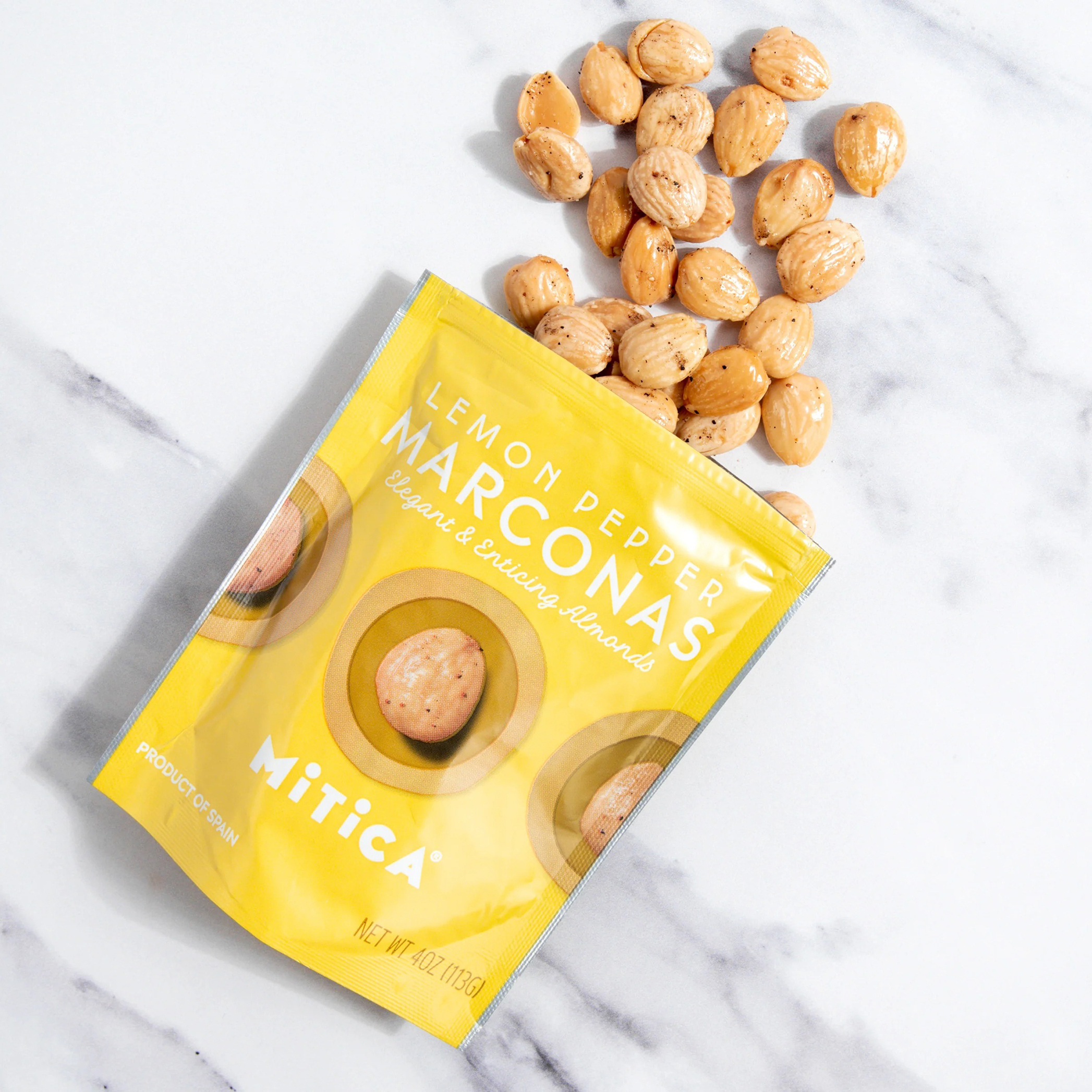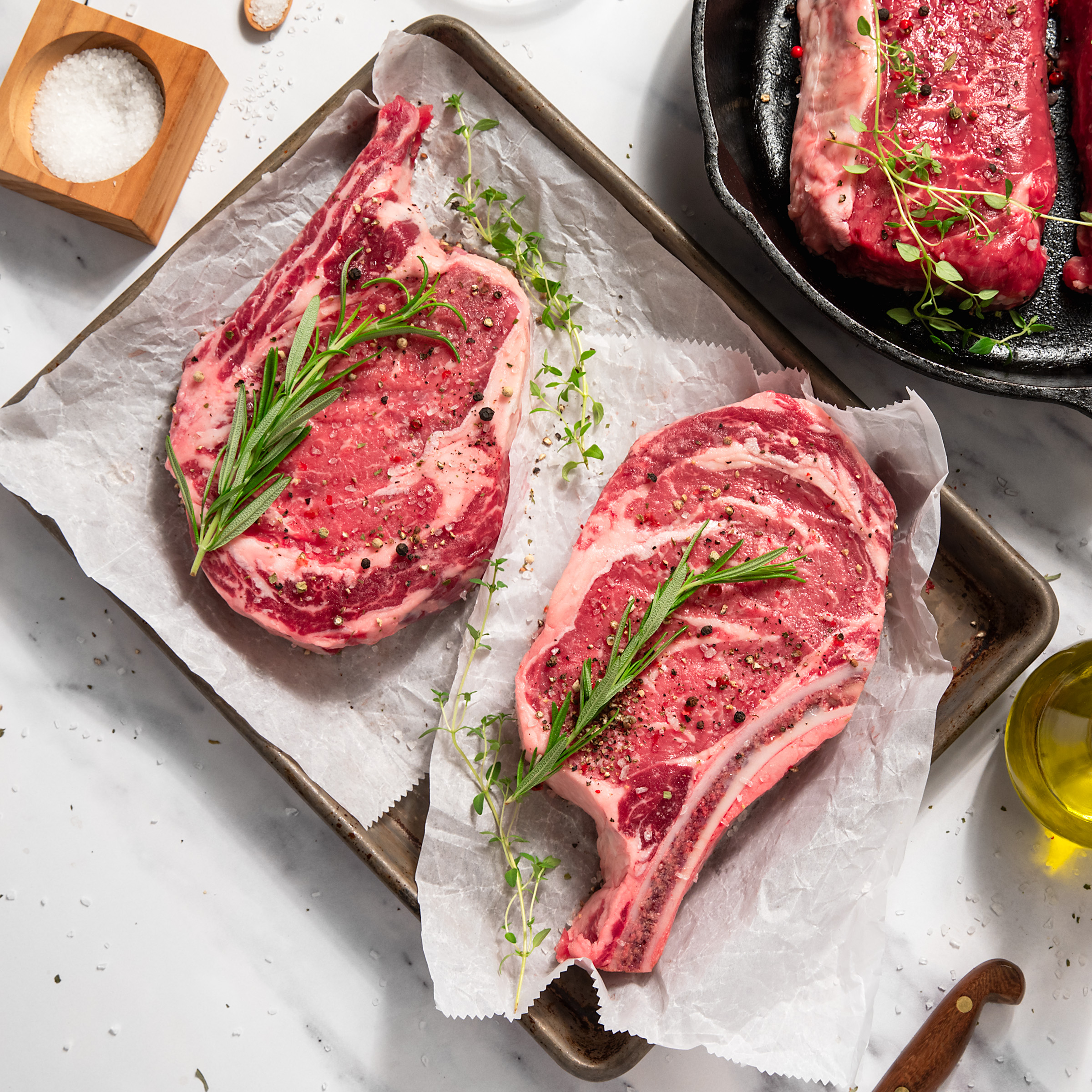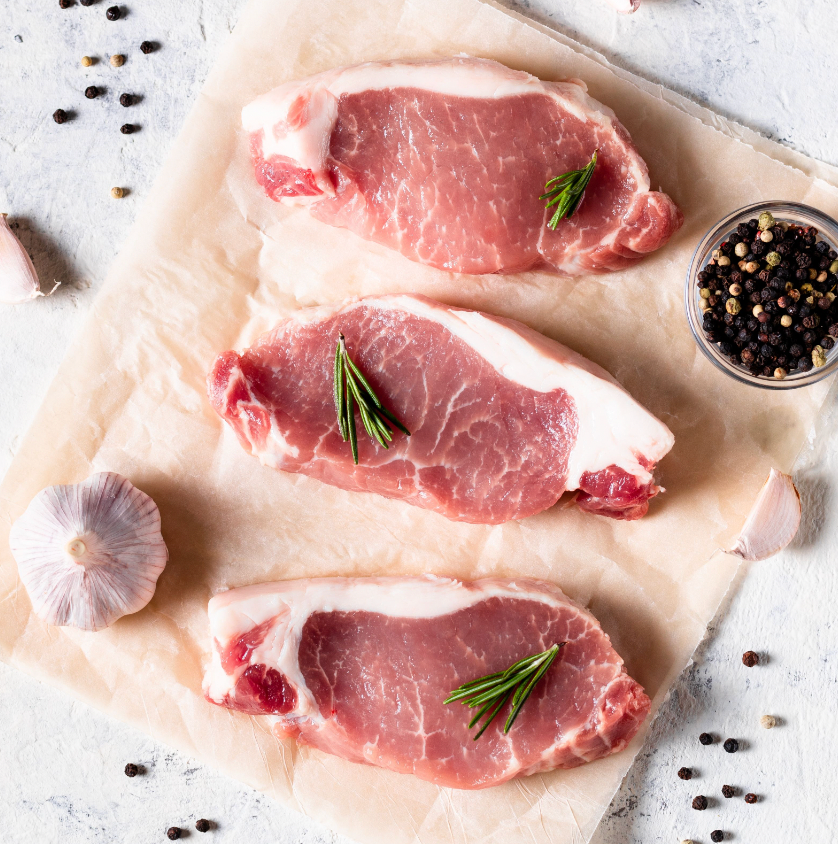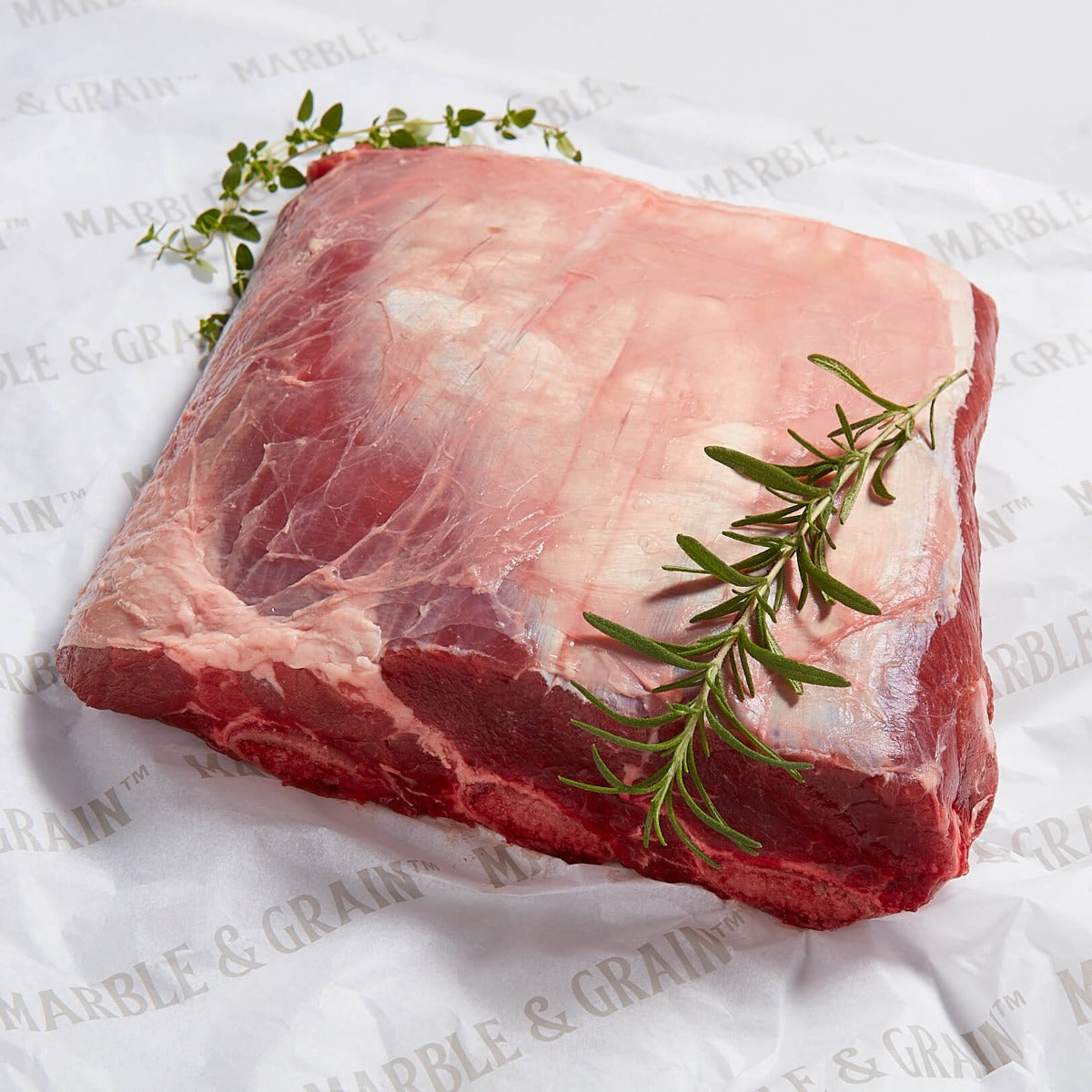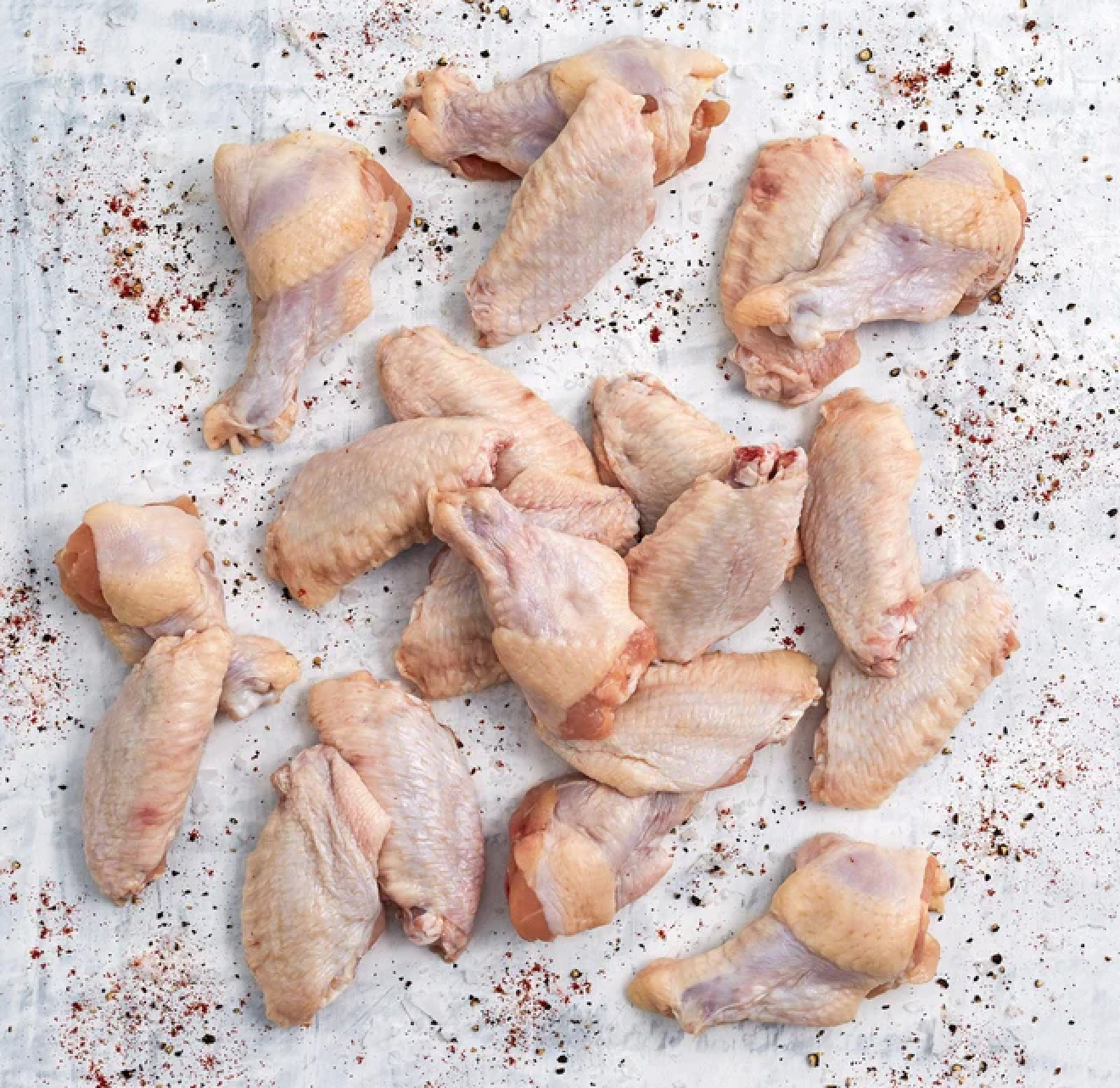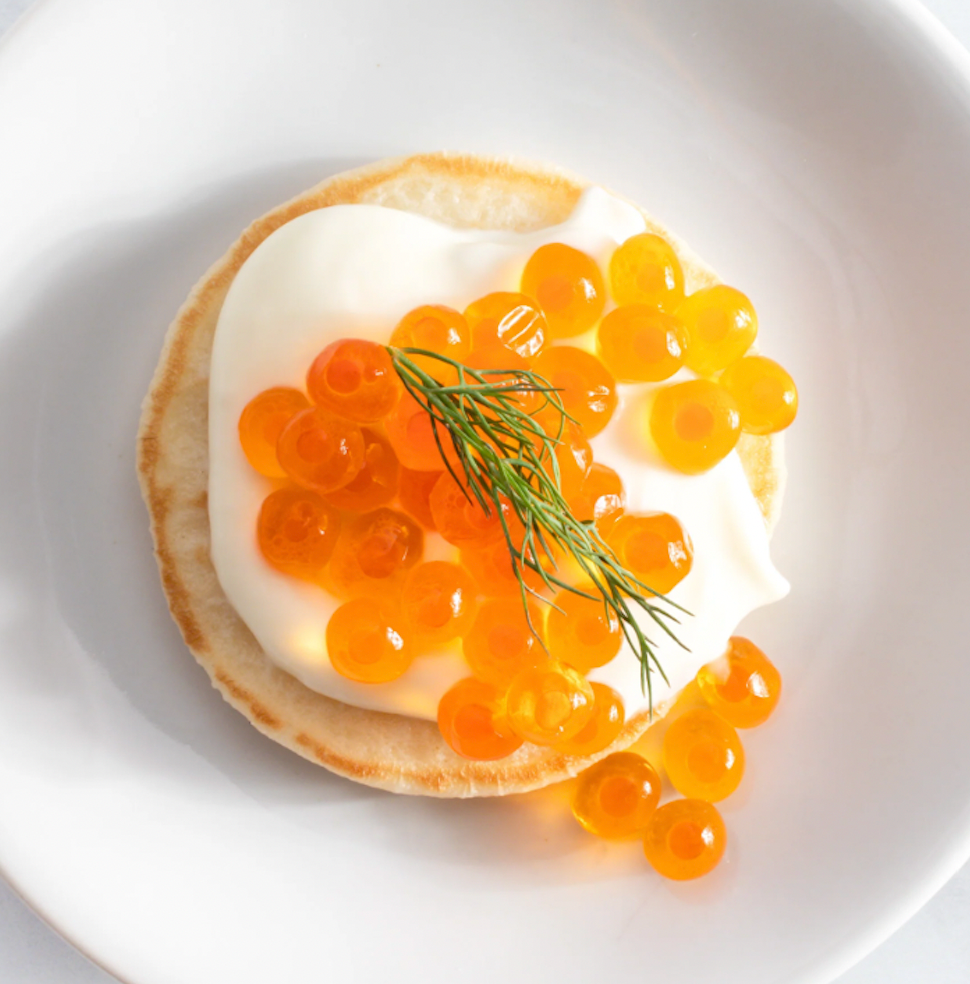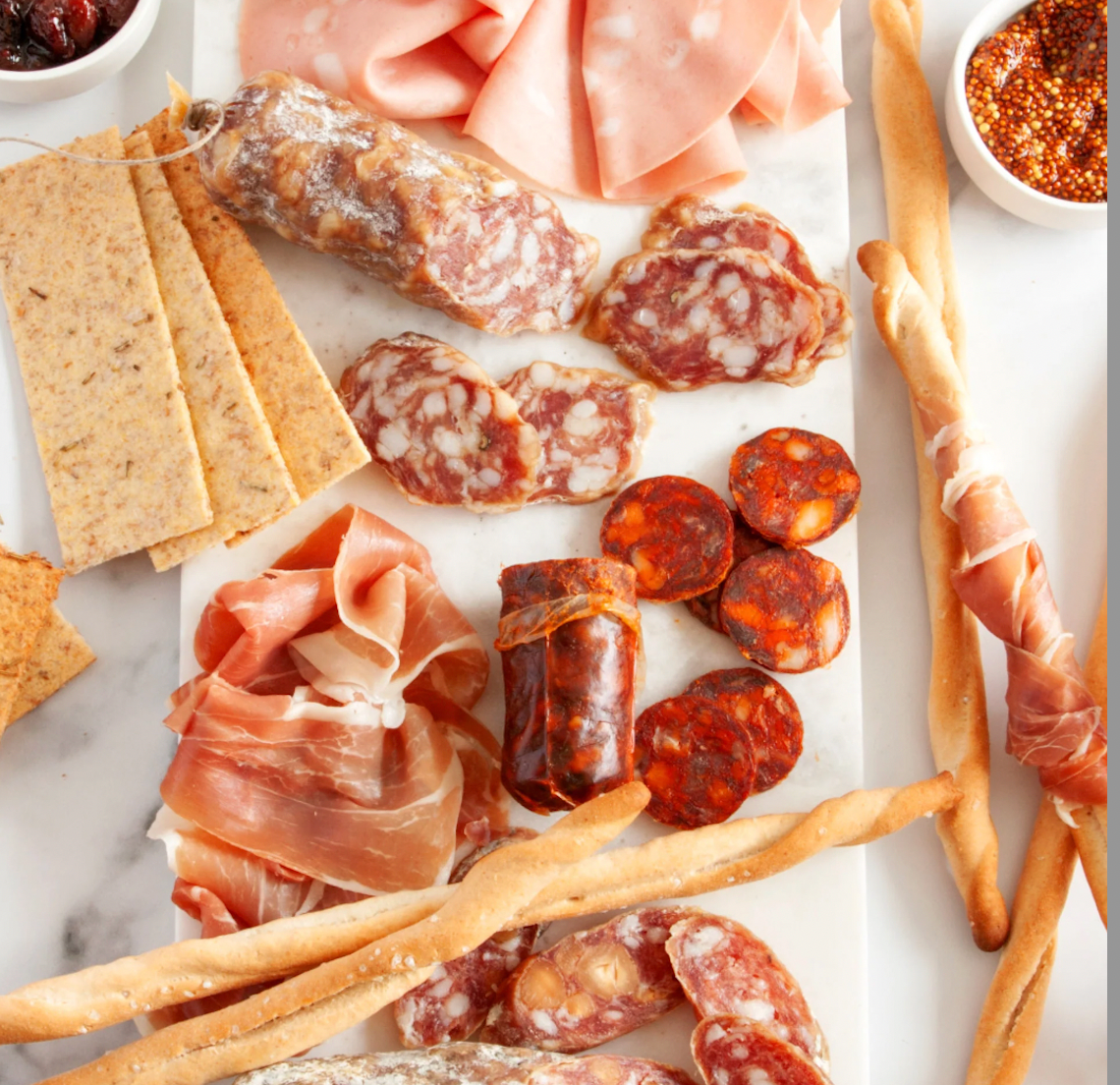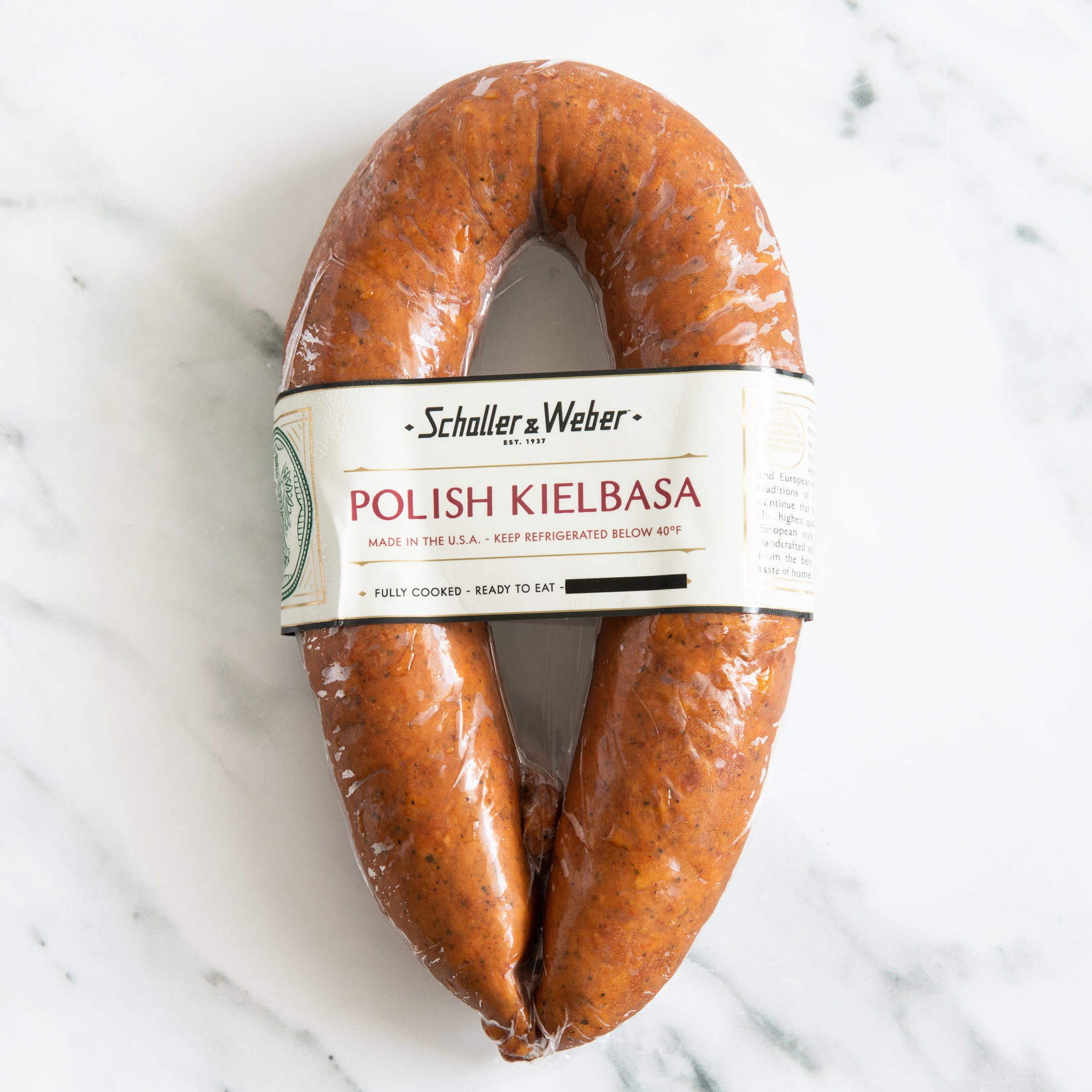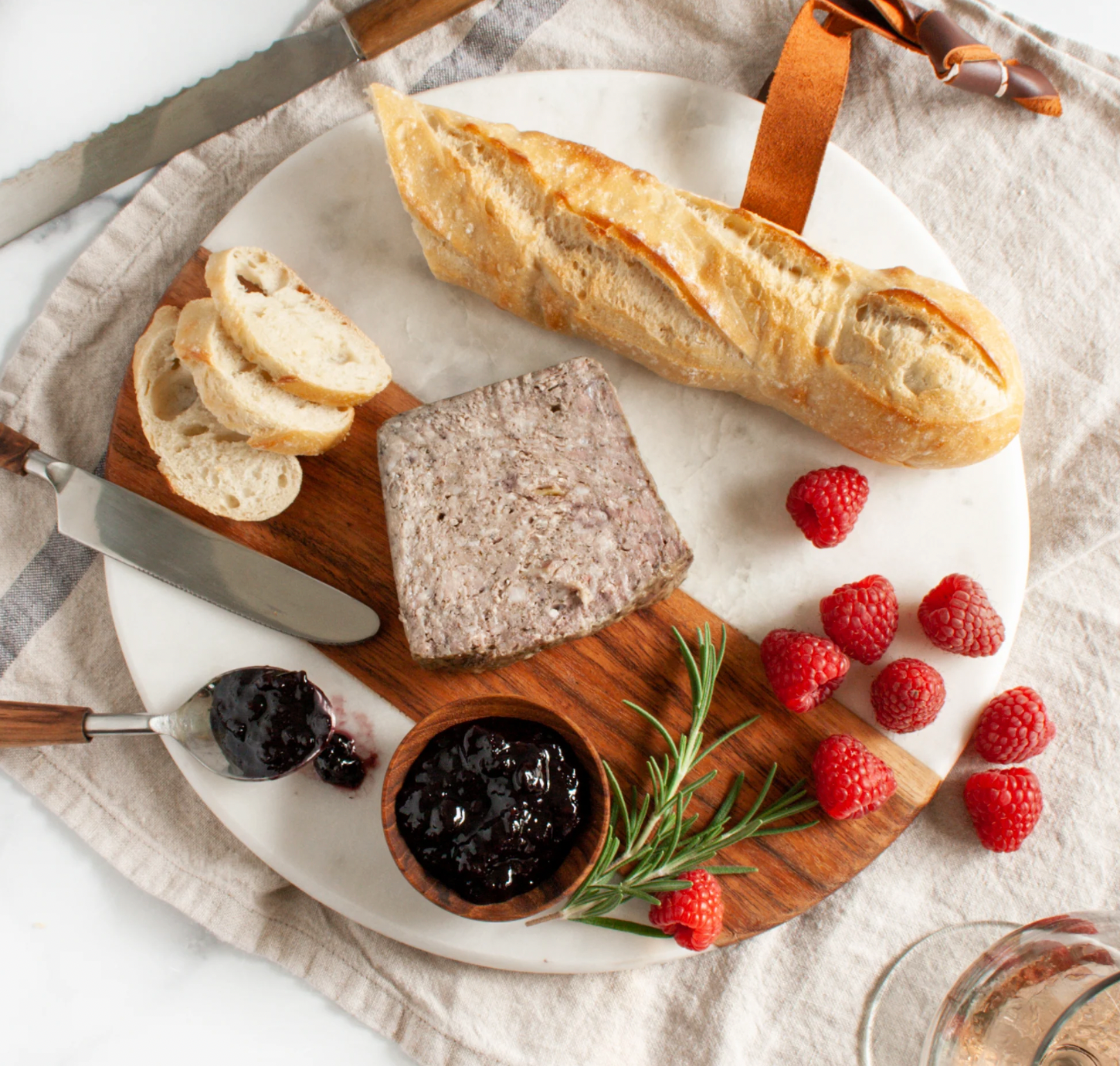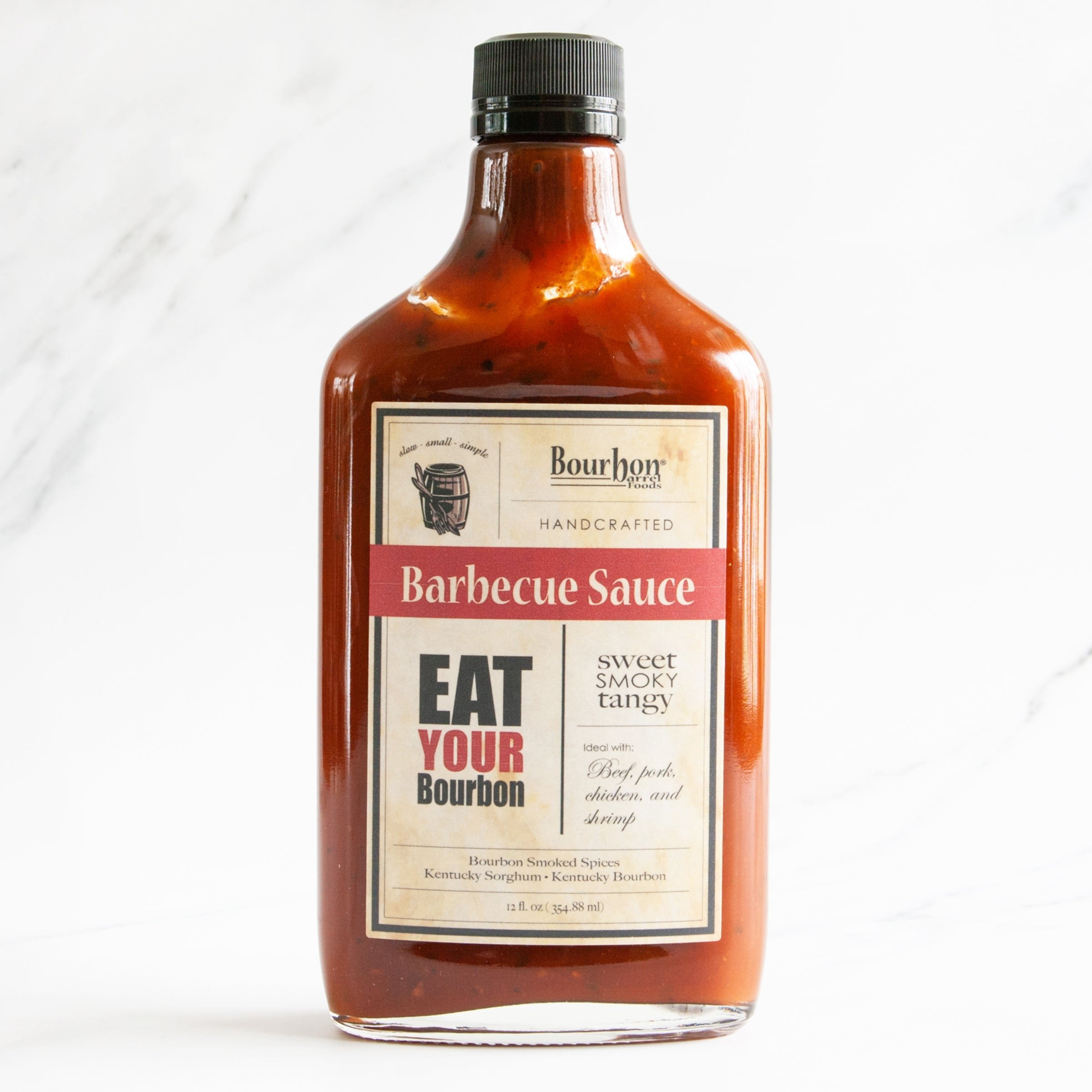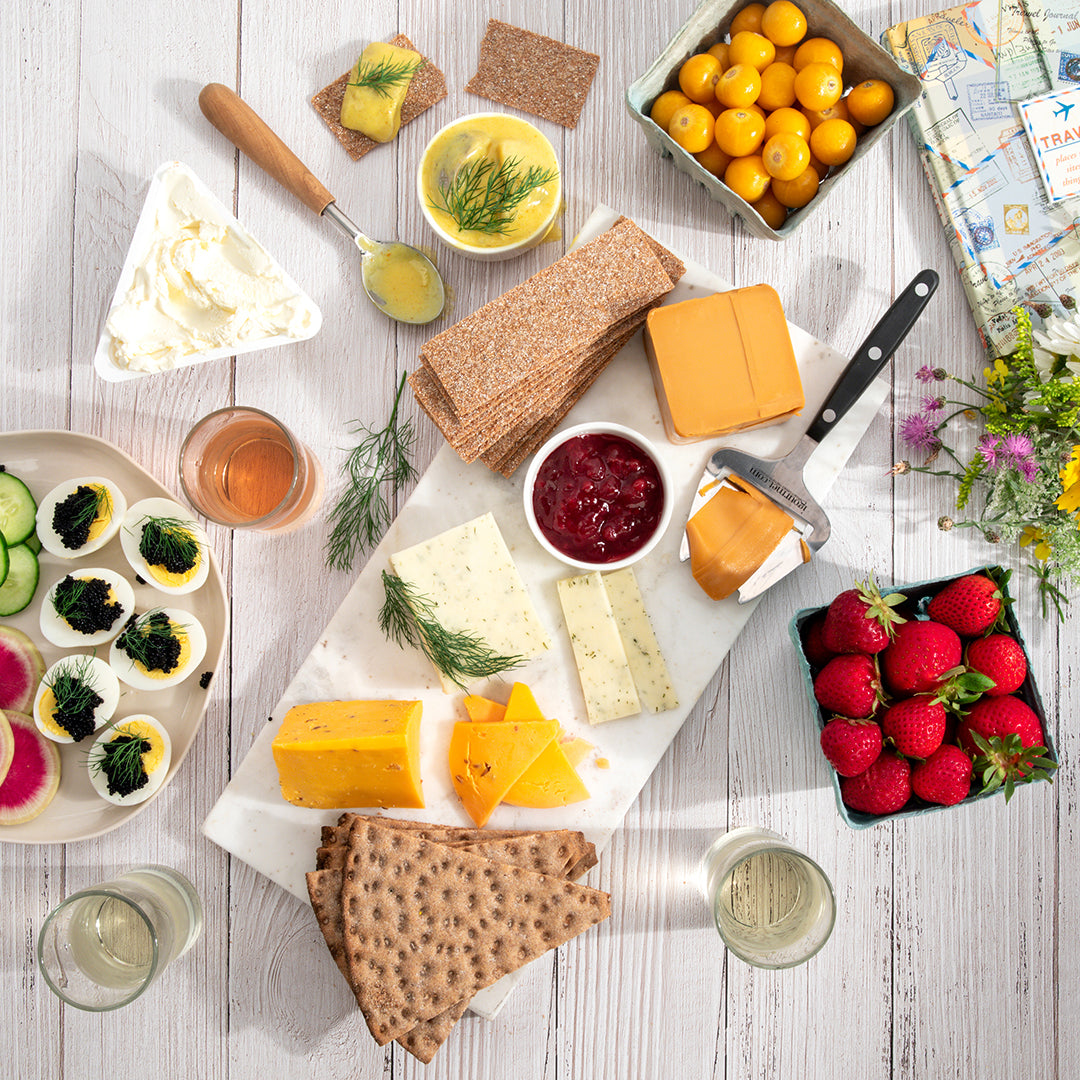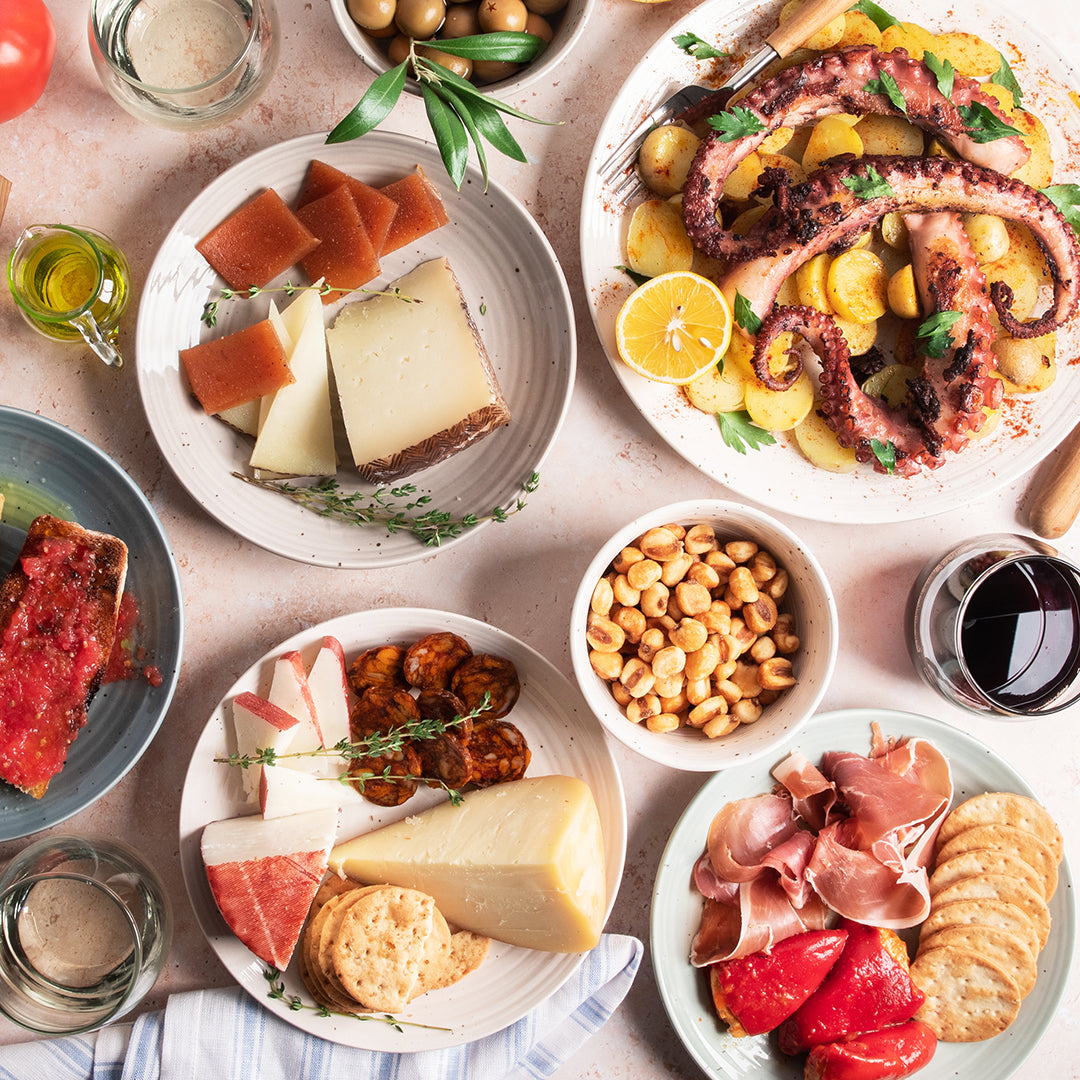Swedish Cuisine Guide
Australian Cuisine Guide
June 12, 2019 | By Dave Mattingly
Shop, Find Traditional Recipes, Read About History and Culture
The aboriginal people of Australia survived on the hunter-gatherer diet of native plants and animals for thousands of years. Kangaroo, wallaby, emu as well as seemingly less palatable foods such as lizards, snakes, moths and witchetty grubs were commonly eaten. Berries, roots and nectars such as honey were also consumed. In coastal regions, seafood including fish and shellfish were plentiful, although aboriginals were forced to become nomadic if food sources were not readily available year round.European settlers began arriving in Sydney harbor in 1788. British settlers harvested game such as swan, goose and pigeon, and created an agricultural industry that was modeled after their familiar Western produce. Oceans and rivers offered familiar fish and eel. European herd animals were raised for food such as beef, pork or mutton, and due to lack of refrigeration, meat was salted or dried. Bread or damper (a traditional dense and thick Australian bread made without yeast) was made, and tea became a staple drink. The settlers brought rum from their homelands, which became an important currency in the early years of settlement. Europeans settlers also introduced cocoa, coffee, fruit and cheese, mostly commonly cheddar.
Wheat, grain, sugar cane, fruit and vegetable crops developed and are now commonly grown in Australia, although the macadamia nut is the only highly commercialized Australian native food crop. There are many native fruits that are often considered "bush food" (native food used for culinary or medicinal purposes) which have been recently more commonly used in restaurants such as quandong (native peach), kutjera (Australian desert raisins), muntries (known as emu apples or native cranberries), riberry fruit, which has a tart cranberry-like flavor, Davidson's plum and finger lime (a tangy fruit with a flavor similar to a lime). Popular in the US, the Granny Smith variety of apples originated in Sydney, Australia in 1868, while "Pink Lady", or Cripps Pink apples were first cultivated in Australia in 1973.
Rabbit became an attractive food for the poor during the Great Depression in the 1930s due to its affordability. In recent years, rabbit's reputation has improved, and become popular as a gourmet food item in many Australian restaurants. The end of World War II triggered large scale immigration to Australia, with over 7 million people immigrating to Australia since 1945. Australian cuisine has been influenced mainly by the ethnic communities and cultures of those immigrants from Asia and the Mediterranean, as well as the cuisine of Germany, Lebanon, Malaysia, Thailand and Vietnam. Recent influences have been seen from American, French, Indian, Japanese, Moroccan and Spanish cuisine. In recent times, Australia has become a large consumer of fast foods. In larger cities, Chinese, Indian and Asian restaurants offer fast food selections in addition to traditional favorite fast foods such as hamburgers, fried chicken, kebabs, and fish and chips.
Australia's generally warm climate allows for barbequing, making it a national pastime for many. Many homes, beaches, camp grounds, and business sites have barbeques. Sold from stalls, barbequed sausages called “sausage sizzles” are sold with fried onion on white bread with a tomato or barbeque sauce. Traditionally, sausages or chops were the most common barbeque foods, but recently, steaks and fresh seafood served with gourmet salads and wine have become more popular. Barbie is Australian slang for barbeque. Shrimp on the Barbie is a phrase made popular in commercials by the Australia Tourism Commission from 1984 to 1990. Shrimp are commonly called prawns in Australia and are popular at Christmas, though less popular in Australia than in the US.
Traditional Australian Foods
Meat Pie
Meat Pie is one of Australia's favorite foods and is considered one of their national dishes. It is estimated that nearly 260 million pies are consumed annually in Australia, almost 15 per person. Traditionally, chopped steak (ground beef) pies are the most popular, followed by steak and onion, steak and kidney, steak and potato, and steak and mushroom, but as gourmet pies have developed, new fillings have emerged such as pork, lamb, chicken, kangaroo, crocodile, potato and apple. Meat pie floaters are also enjoyed, often in Southern Australia, which is comprised of a bowl of traditional style meat pie with tomato sauce that floats in thick pea soup.
Lamb Roast
Considered a national dish by many, Lamb Roast is a popular Australian dish that is a traditional favorite on Easter Sunday. Roast Lamb is often accompanied by vegetables, gravy and/or mint sauce.
Kangaroo
Historically a source of food for indigenous Australians, Kangaroo meat is high in protein and low in fat, and has a higher level of CLA (Conjugated linoleic acid) than in other foods. CLA is known to offer anti-carcinogenic and anti-diabetes properties. Kangaroo meat has a stronger flavor than many other meats, and may be used in dishes where minced beef would normally be used. Once limited in availability, today Kangaroo meat is sold in many Australian supermarkets and some restaurants. 70% of Australian Kangaroo meat is exported, mostly to European countries such Germany, France and England.
Australian Seafood
Australia boasts the third largest fishing zone in the world. Its clean water offers a large selection of seafood for export and domestic consumption. Salmon, lobster, prawns and tuna are important species in Australia's agricultural industry, and seafood restaurants are popular as much of the population of the country lives near the coast.
Vegemite
Vegemite is a traditional Australian toast spread. It is a concentrated yeast extract with a texture similar to peanut butter. Dark in color, Vegemite is an excellent source of Vitamin B, and may be used in a variety of dishes, such as soups and casseroles.
Melba Toasts
Following the tradition of naming food after famous singers and dancers, Melba Toasts (lightly toasted dry, crisp and thinly sliced toast), and Peach Melba (peaches with raspberry sauce in syrup and vanilla ice cream) were created and named after Australian Dame Nellie Melba, the stage name of opera singer Helen Porter Mitchell.
Australian Wattleseed
Wattleseeds are edible seeds of the Australian acacia tree that have a chocolate, coffee and hazelnut flavor profile. Wattleseed is traditionally eaten cooked (green) or dried into a flour to make bread. Wattleseeds are highly nutritious and are an ideal addition to both sweet and savory dishes.
Australian Beverages
Australia's wine industry is the 4th largest exporter of wine in the world. Australia also has a robust domestic wine industry, producing all of the major wine styles including, red, white, fortified, sparkling and dessert wines. Since the 18th century, beer has been brewed in Australia, and Foster's lager is an Australian beer that has become popular around the world. The coffee culture in Australia is also prominent, which grew due to Greek and Italian immigrant influence during the early 20th century.
Australian Desserts
Pavlova is an Australian meringue confection that is made of sugar and egg white meringue, covered with whipped cream and seasonal fruit such as strawberries, kiwi fruit, banana and passionfruit. It was developed to celebrate the visit of famous ballerina Anna Pavlova. Tim Tams are two layers of chocolate malted biscuit separated by a light chocolate cream filling, covered in chocolate. Milo is a chocolate and malt powder that is popularly combined with milk or sprinkled over ice cream or cereal. Lamingtons are squares of sponge cake, coated in chocolate icing, then rolled in coconut, and often eaten alongside afternoon tea. It is widely believed that Lamingtons are named after Lord Lamington, Governor of Queensland from 1896-1901, or his much beloved wife, Lady Lamington. Anzac Biscuits are hard biscuits that are rolled in oats and molasses. They were named after the Australian and New Zealand Army Corps (ANZAC) during World War I, as wives sent soldiers these hearty biscuits that did not spoil easily.
Australian Cheeses
The English first introduced Cheddar cheese to Australia in the 1850s and by the turn of the 20th century, Australia had gained a reputation for producing some of the best cheddar cheeses in the world. A gold metal award winning cheddar, Dairy Vale Vintage Australian Cheddar is aged for over three years and produced by the Dairy Vale Food Company of South Australia. Great Ocean Road Australian Cheddar is a sharp white cheddar, that is tangy in flavor and firm in texture. A great melting cheese, Murray Bridge Australian Cheddar is aged at least 8 months. Stokes Point Smoked Cheddar by King Island Dairy is matured for at least 9 months, and smoked with Tasmanian hardwood.
Although some Greek and Italian style cheeses were produced in Australia prior to World War II, post war immigrants truly introduced European style cheesemaking to Australia beginning in the 1950s. By the 1960s approximately 20 varieties of cheeses were produced in Australia, a figure that doubled by the 1970s. As demand for boutique and artisan cheeses has grown, Australia produces nearly 160 varieties of cheese today, including Brie, Camembert and blue cheese. Made by King Island Dairy situated south of Melbourne, Roaring Forties Blue by King Island Dairy is a sweet and nutty full flavored blue cheese with a smooth and creamy texture. Today, while Australian cheese is exported throughout the world, nearly half of Australia's export sales are shipped to Japan.
Shop more Australian food and ingredients here. To find the best gourmet foods and gift baskets online, begin your search at igourmet.com.






